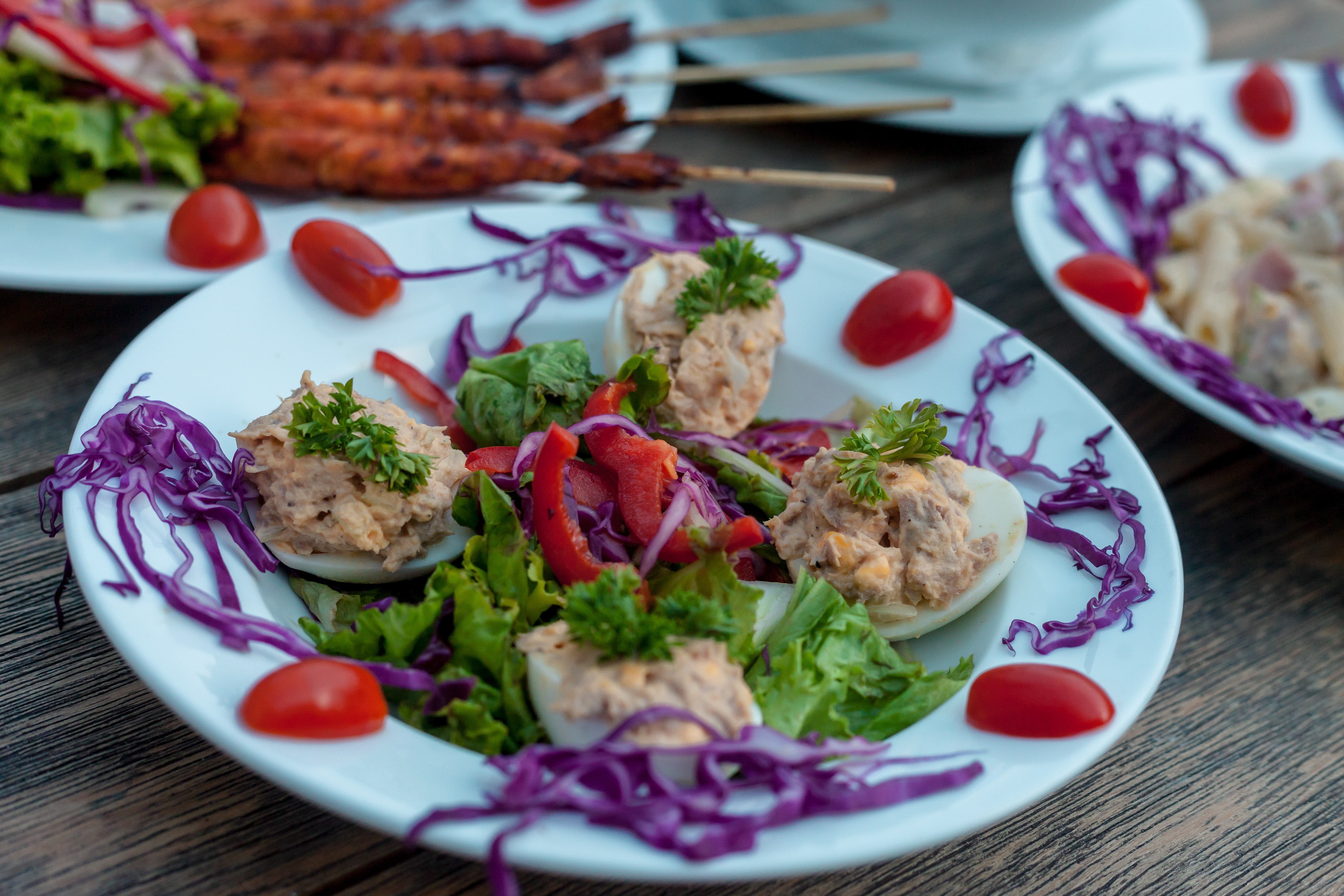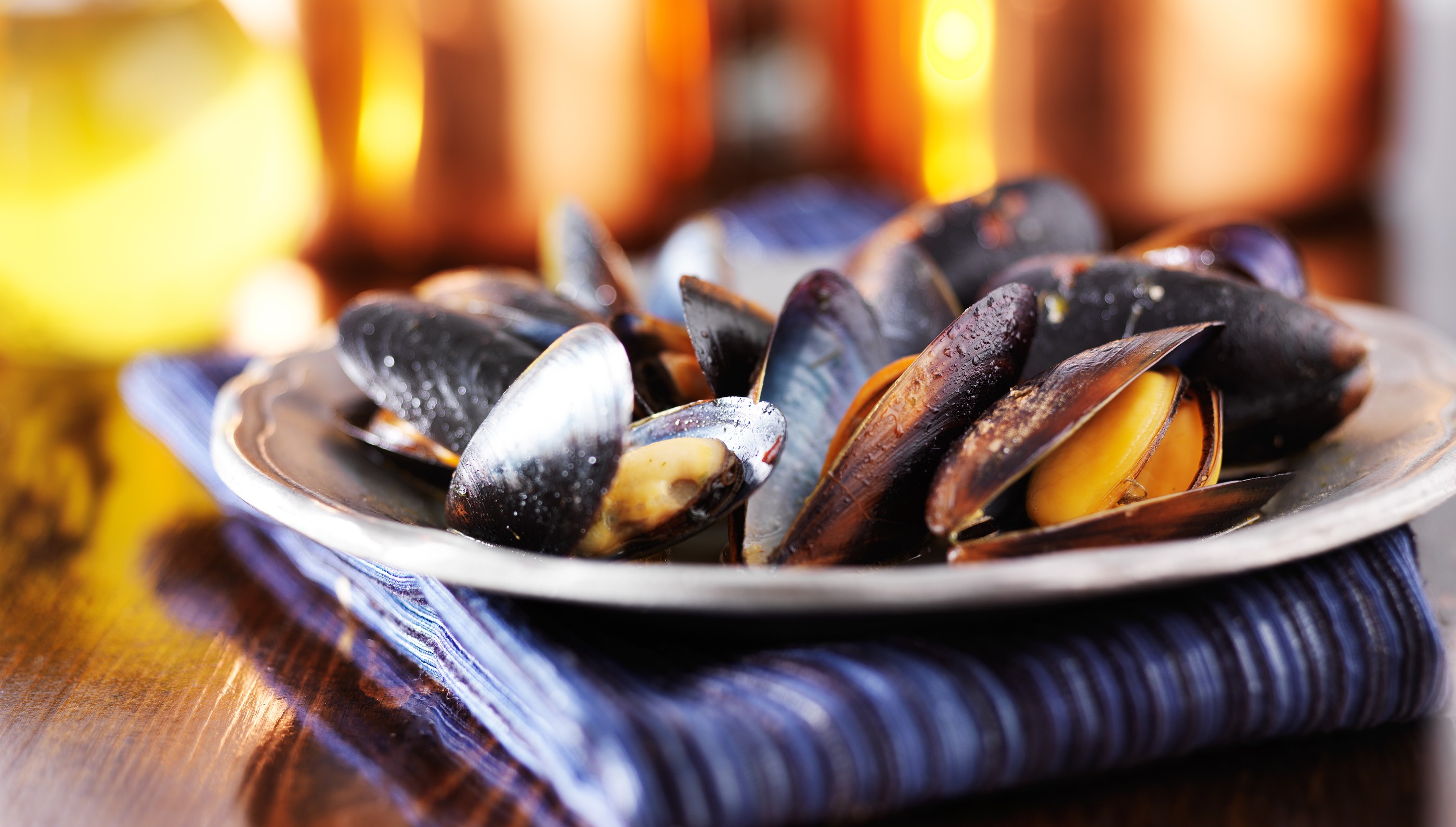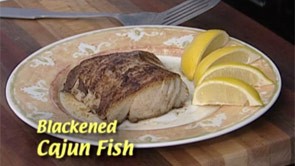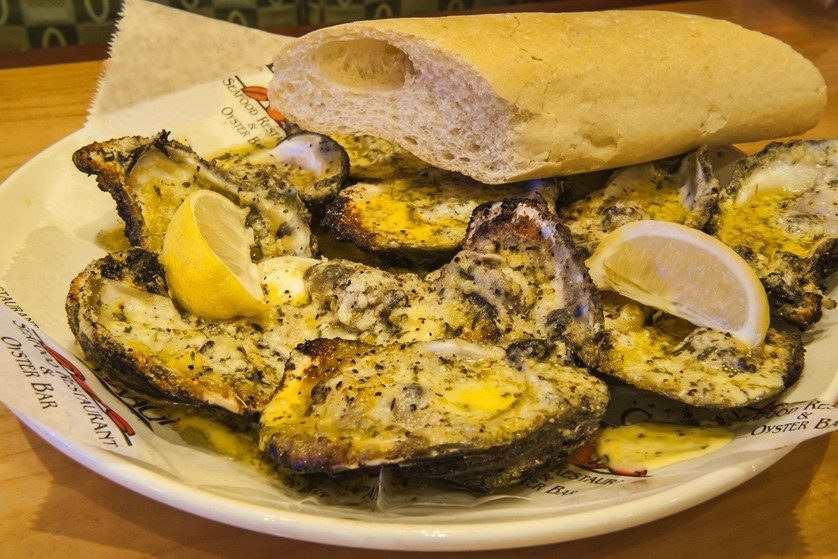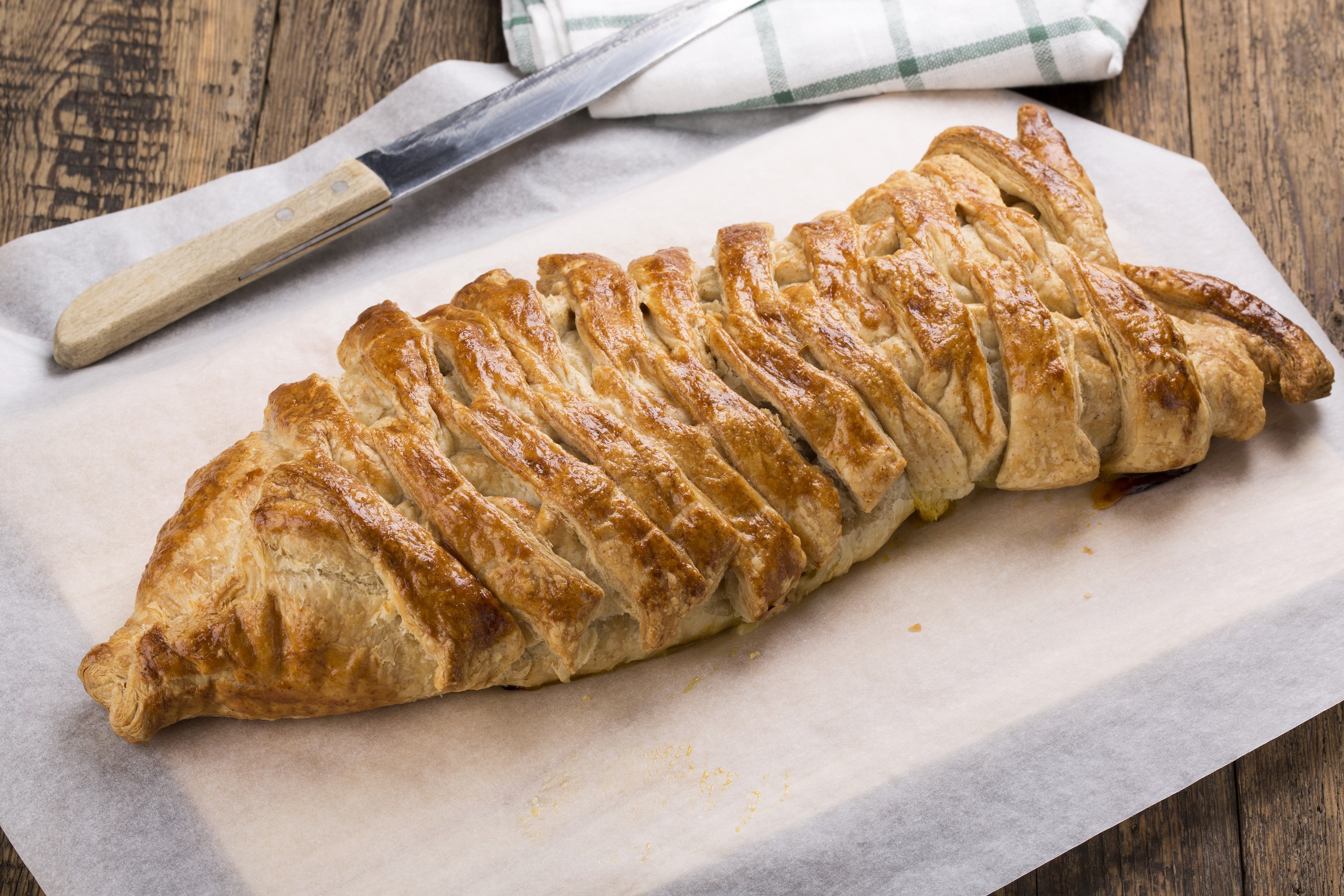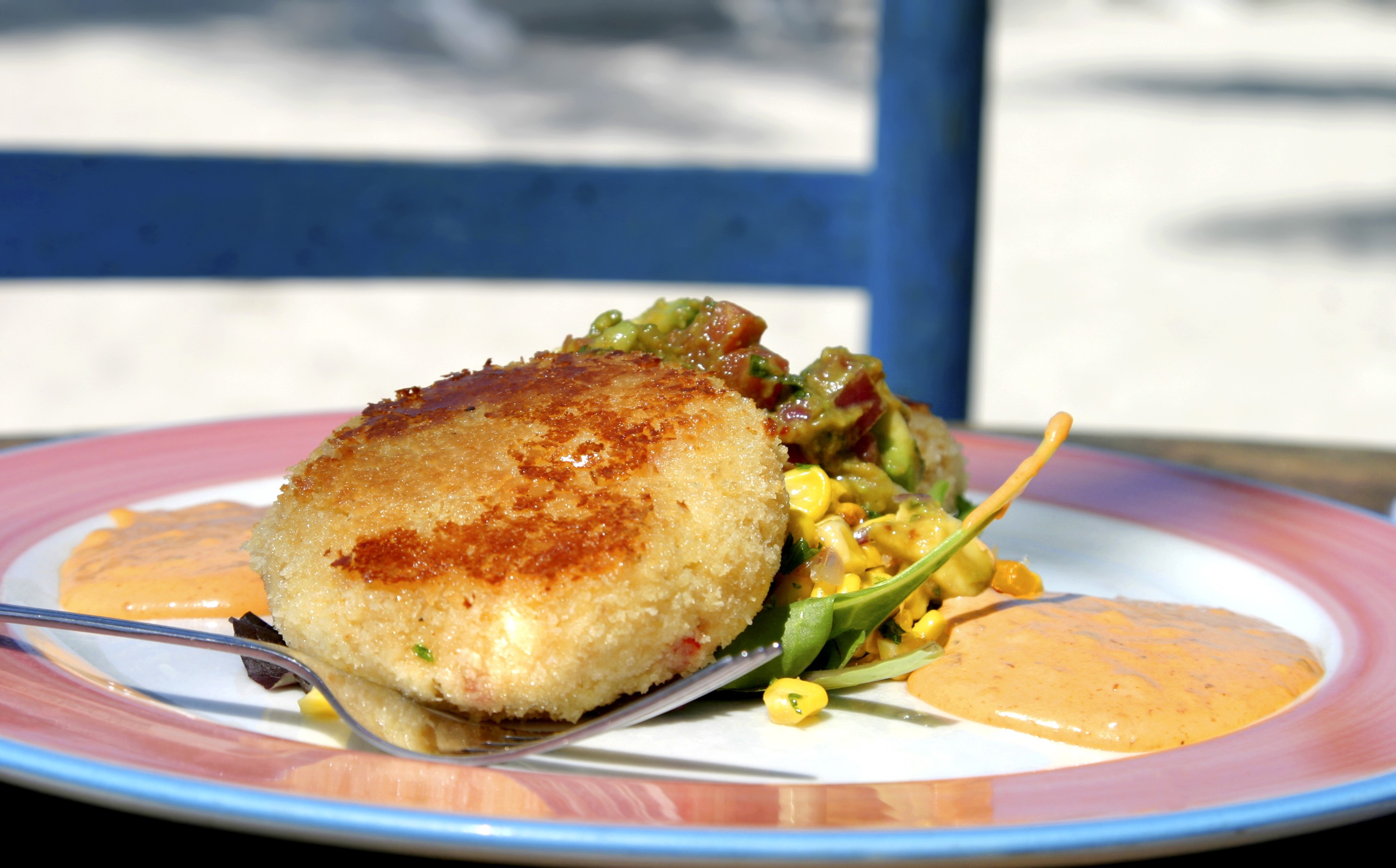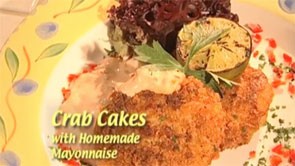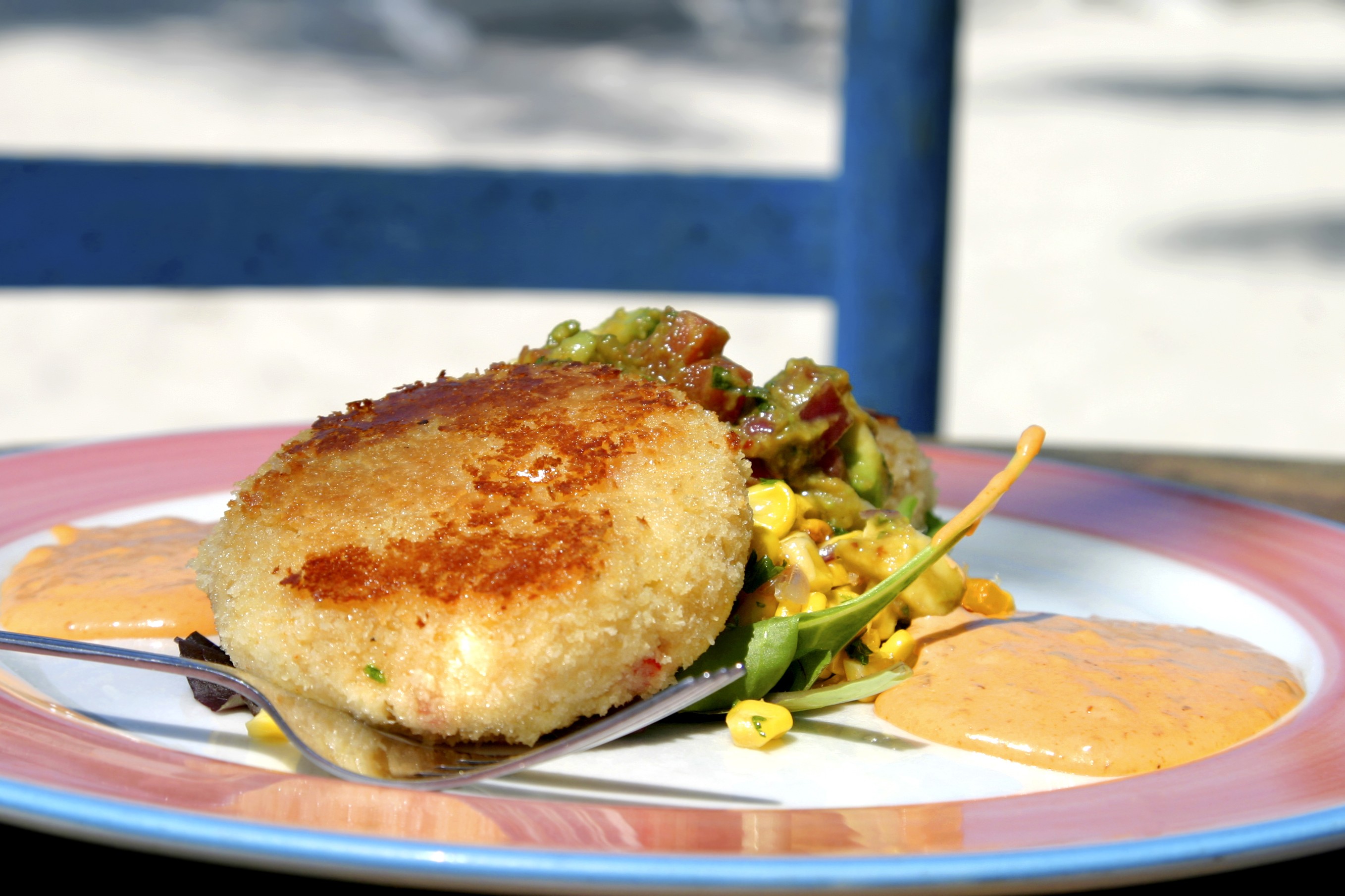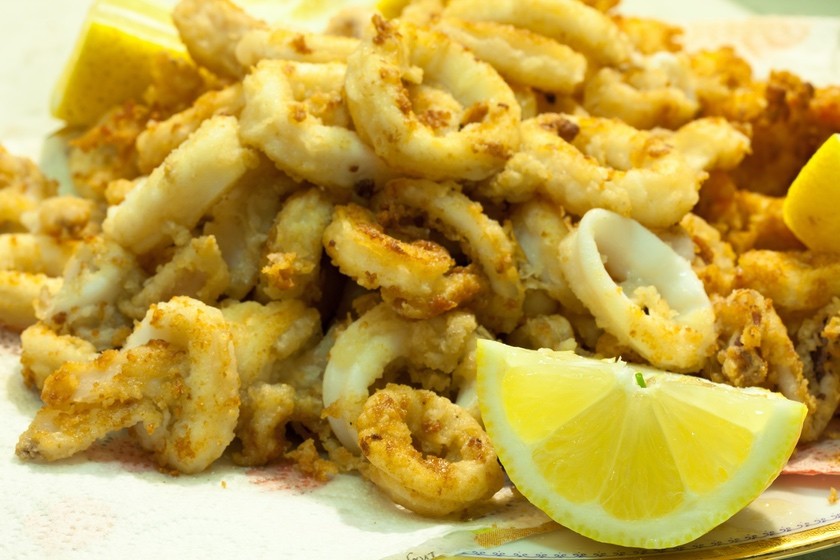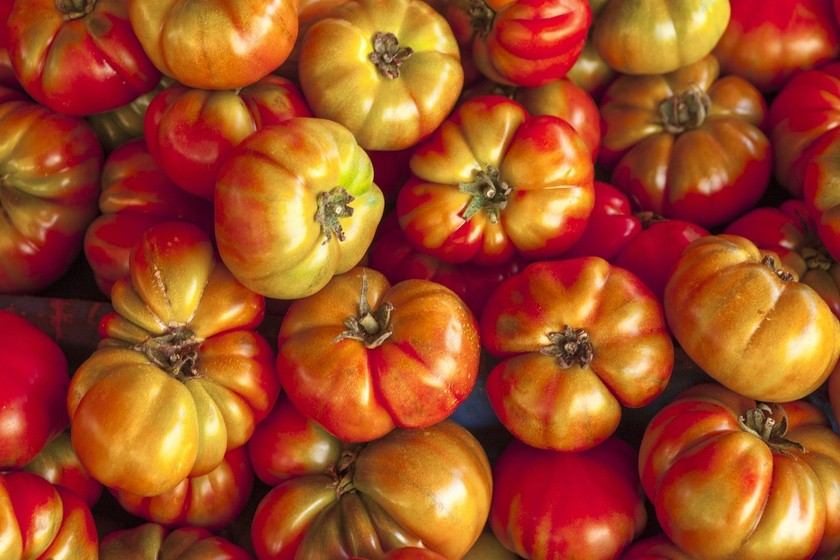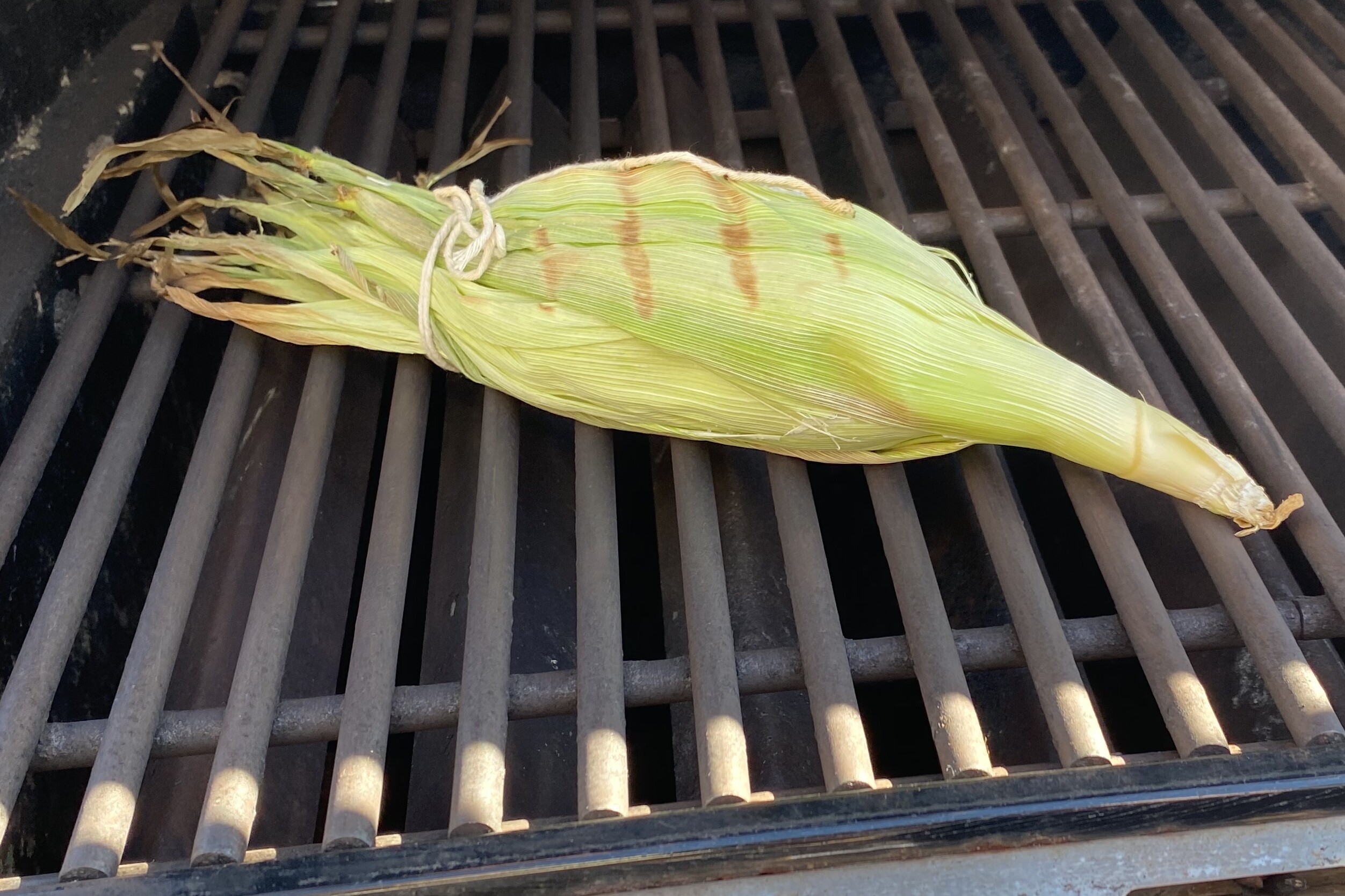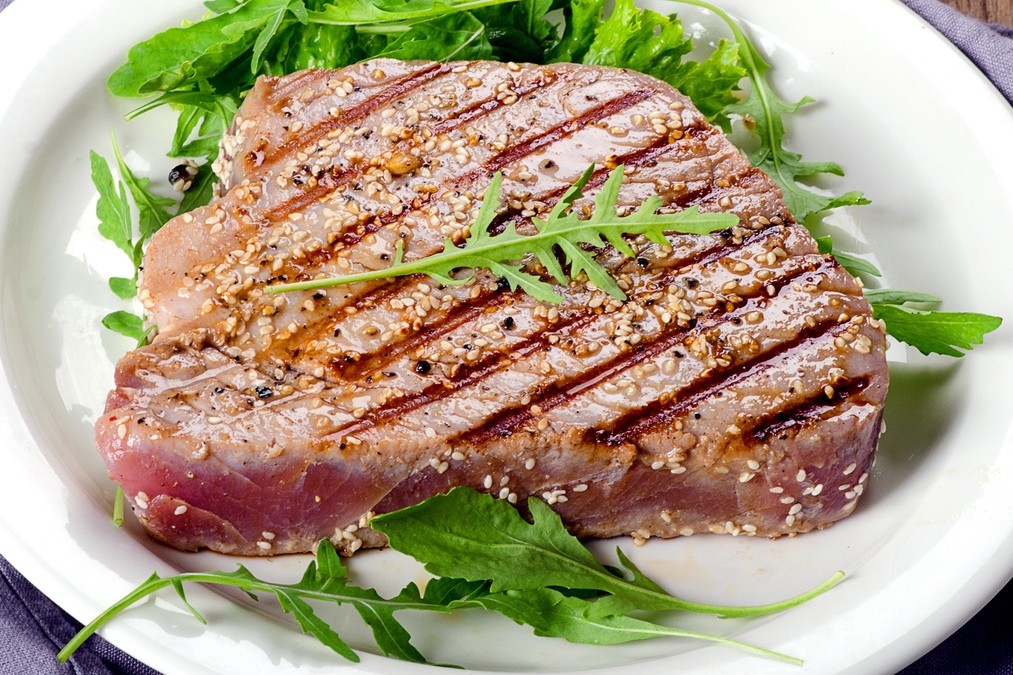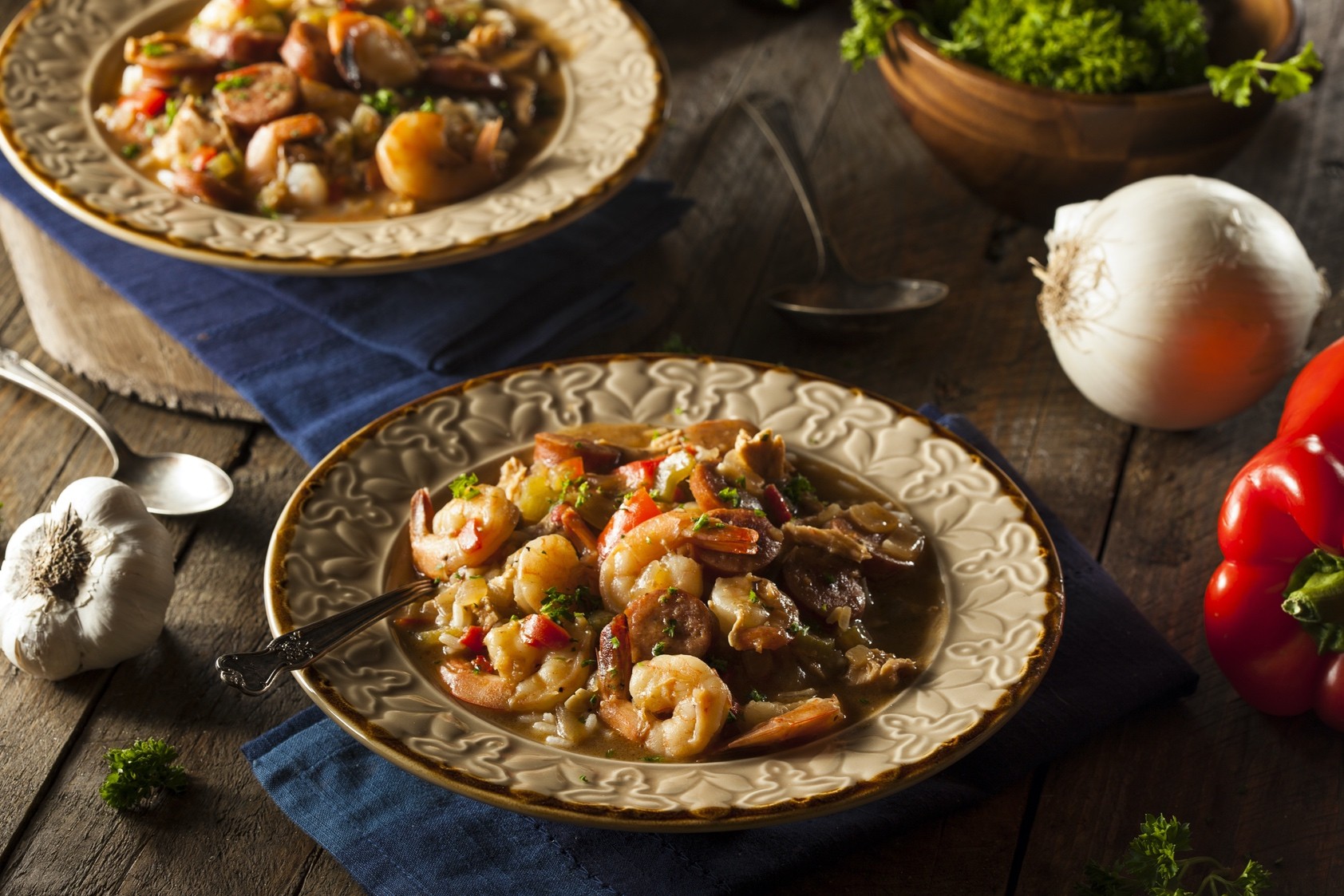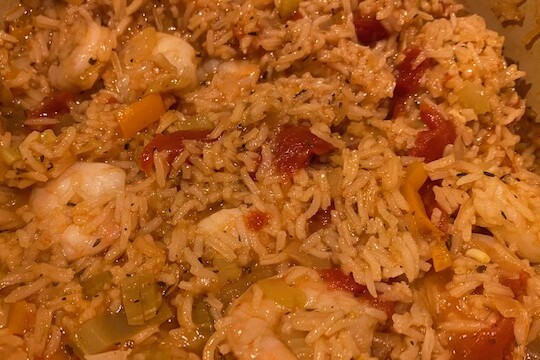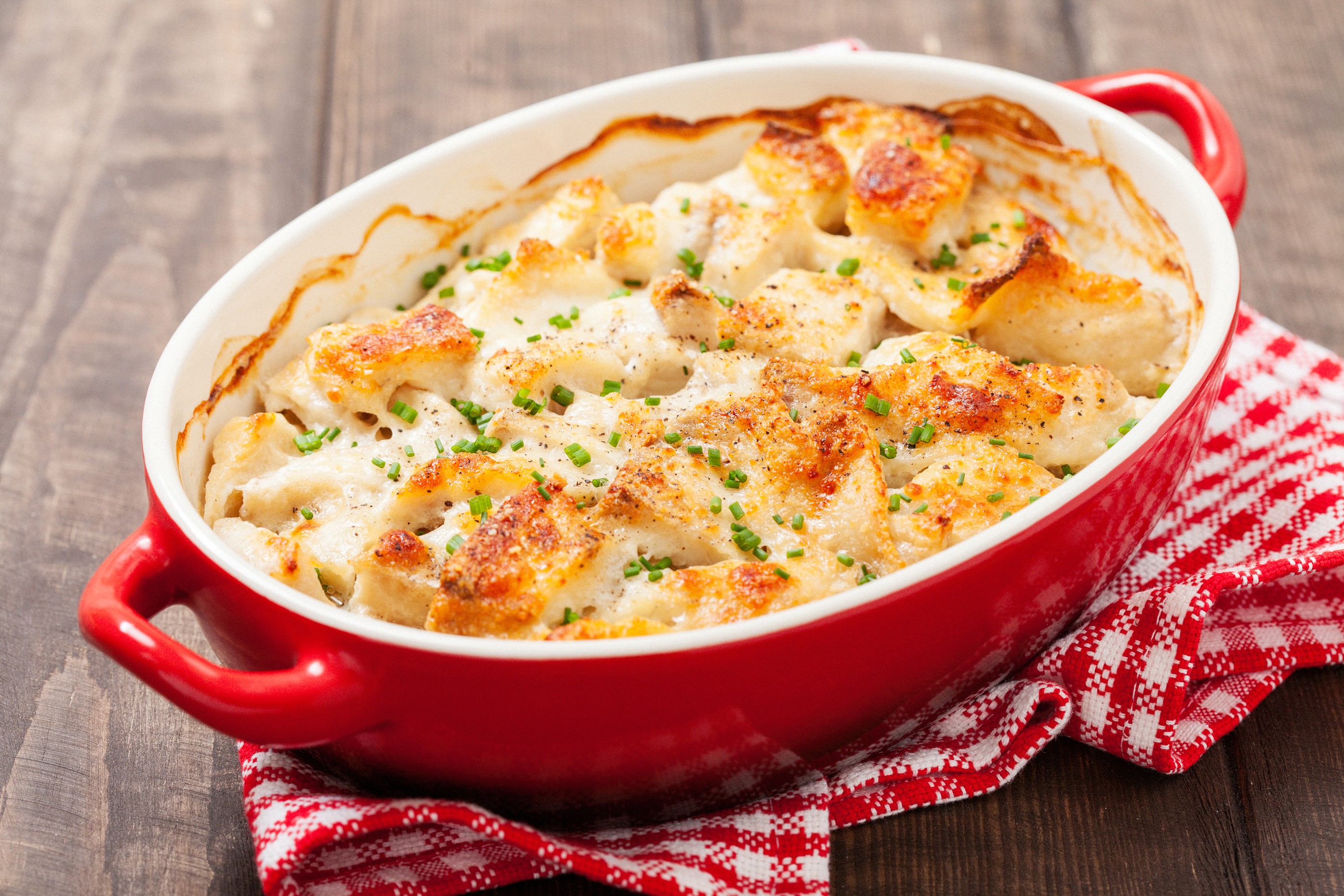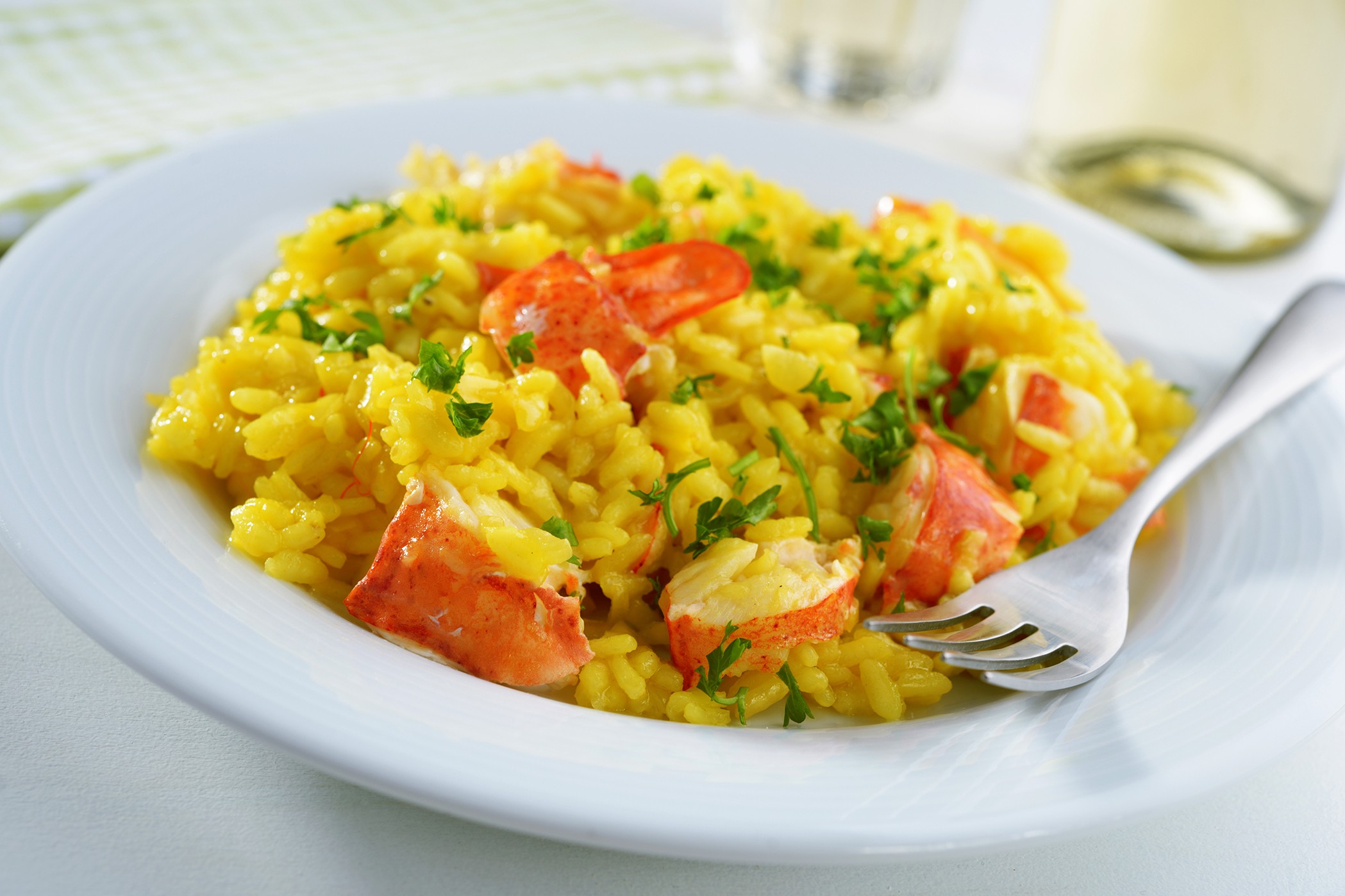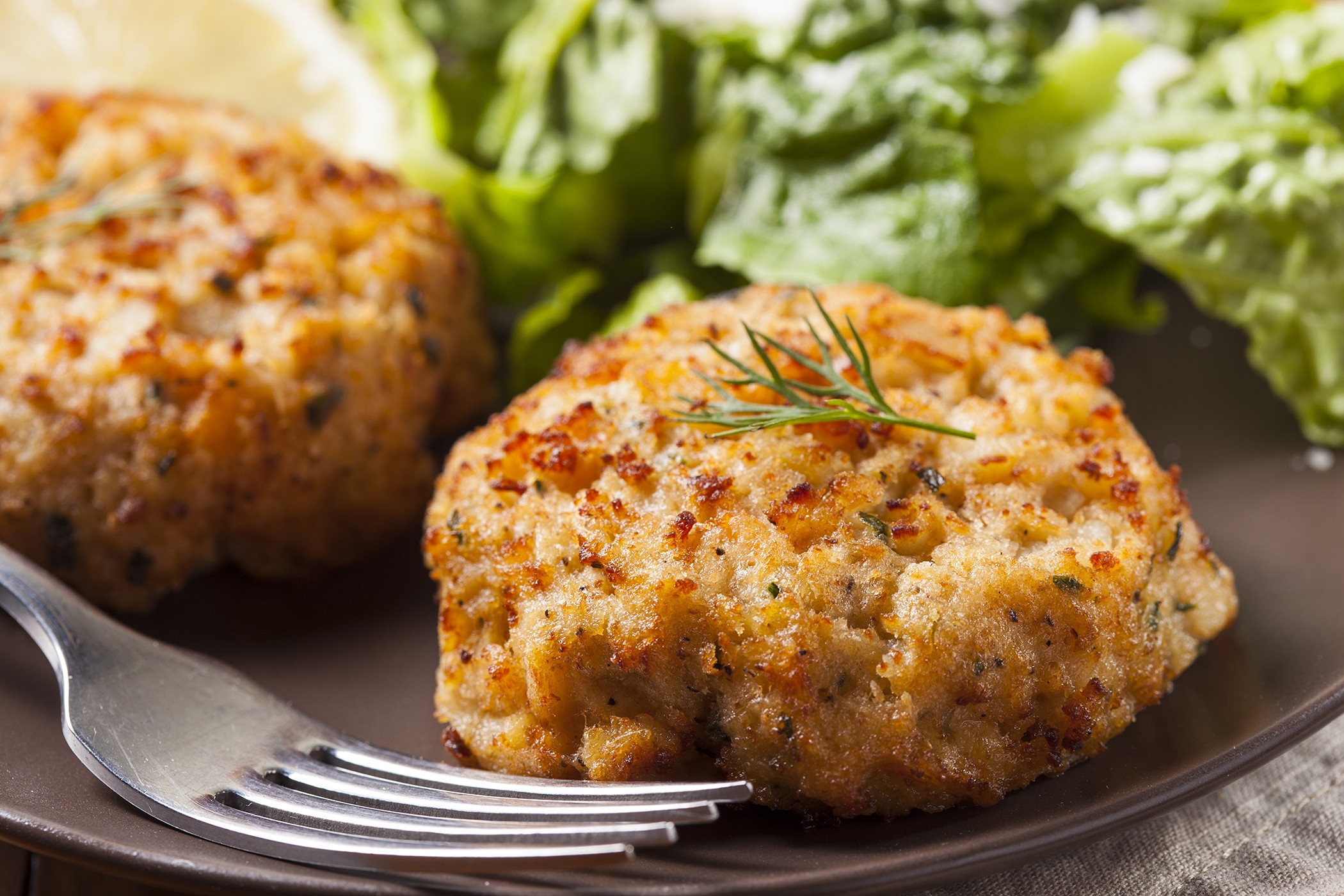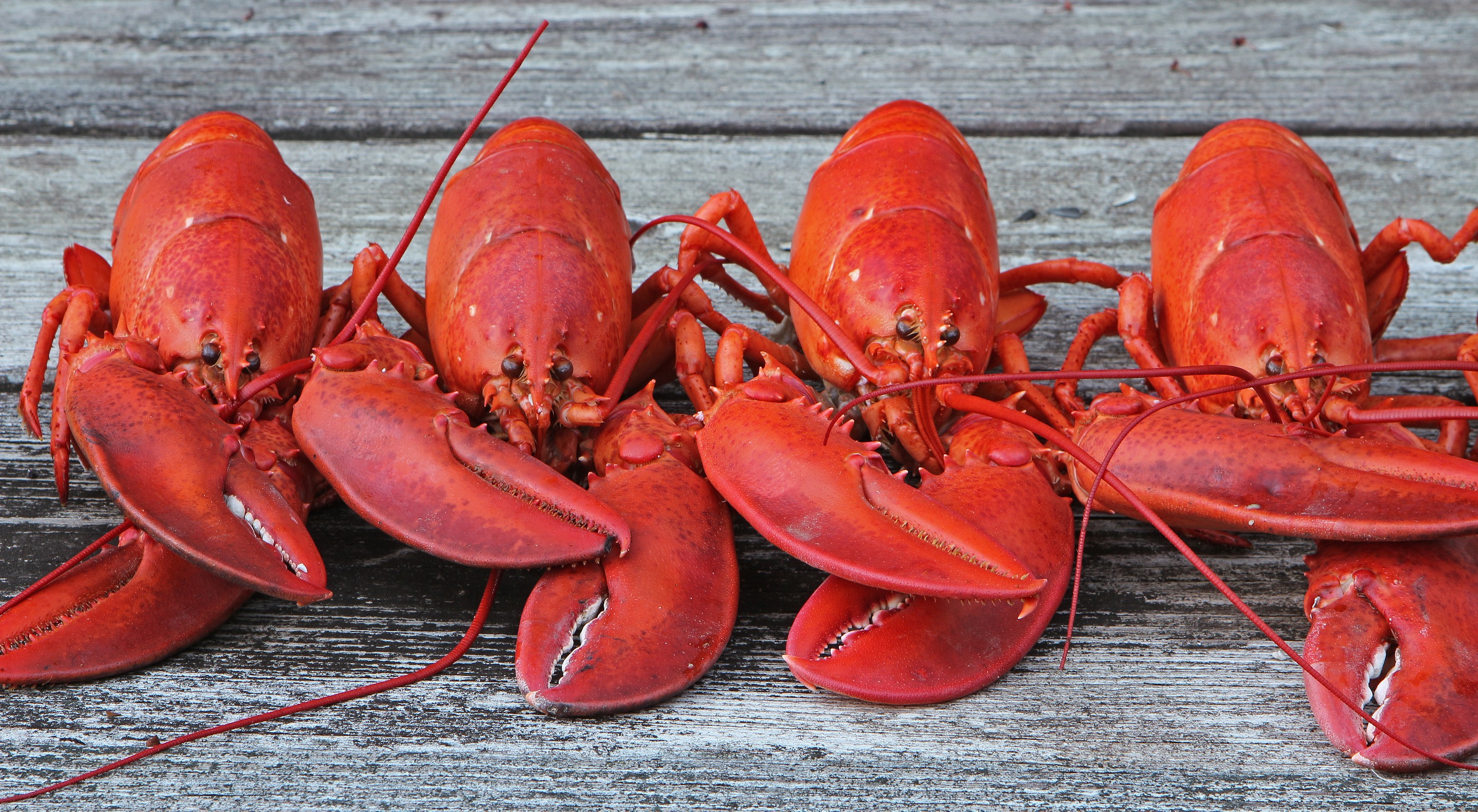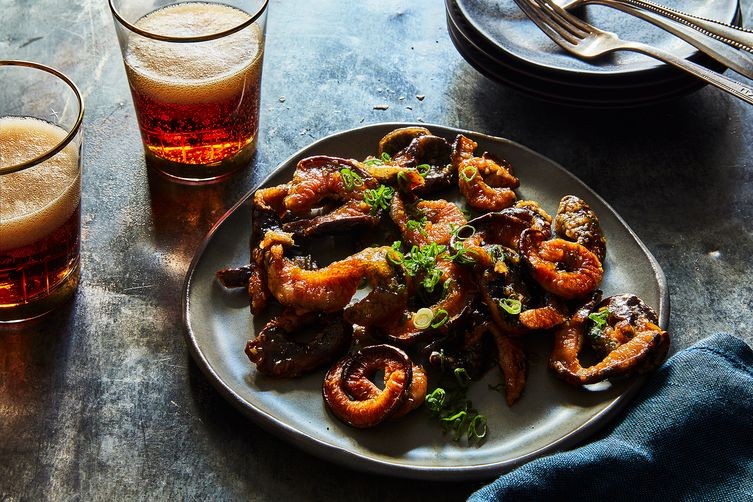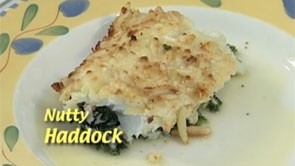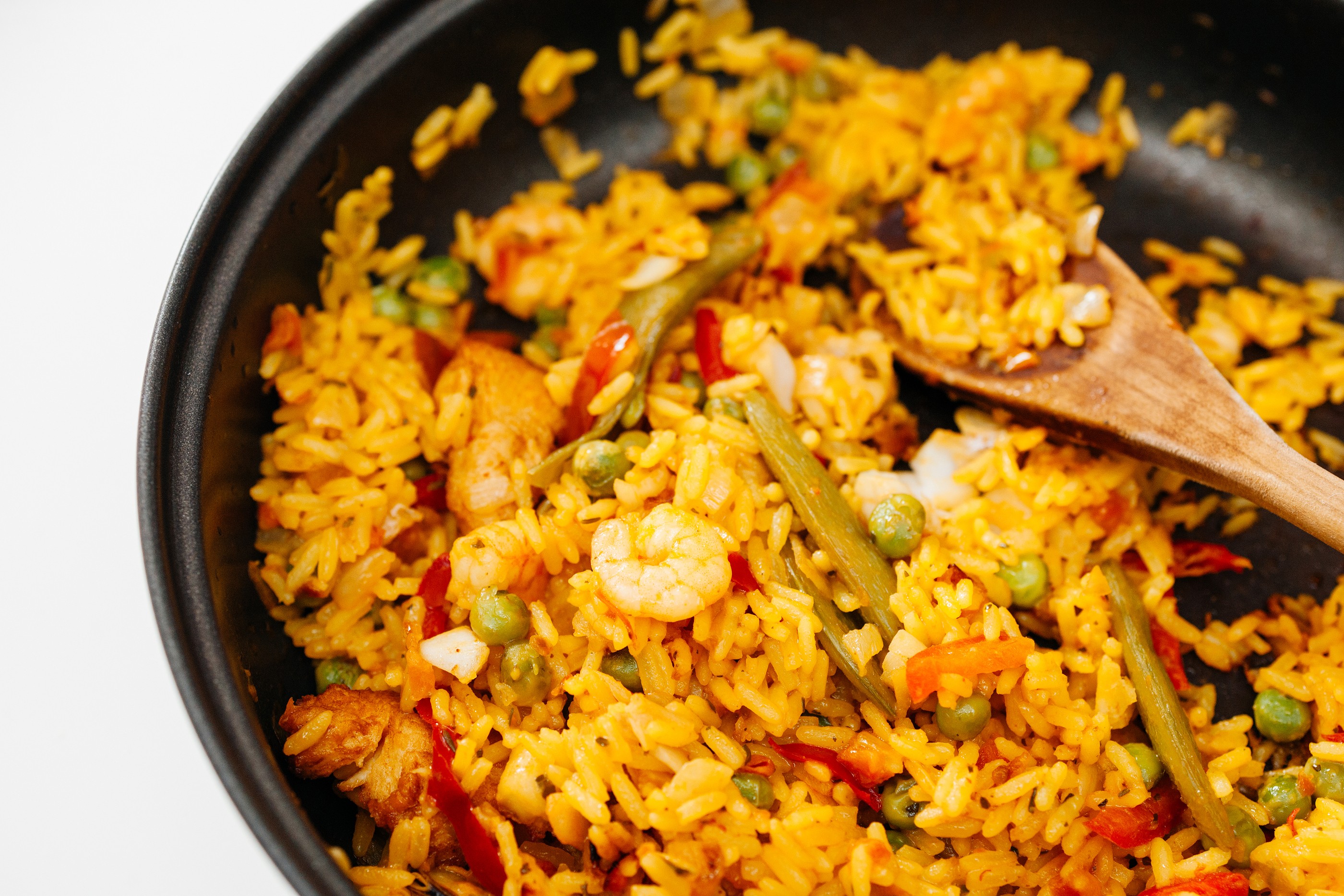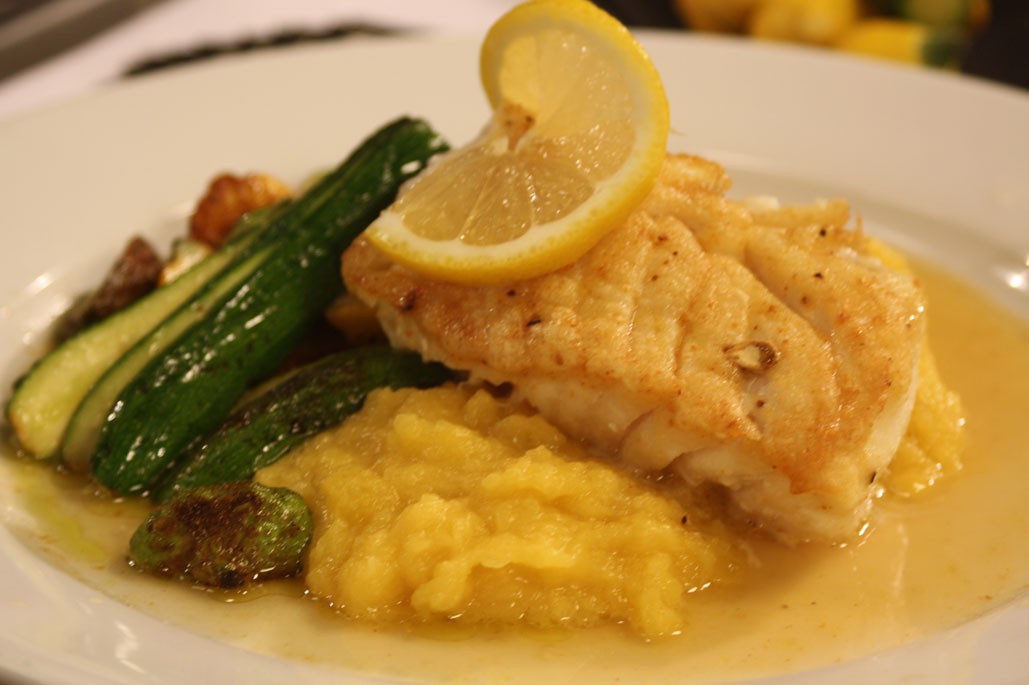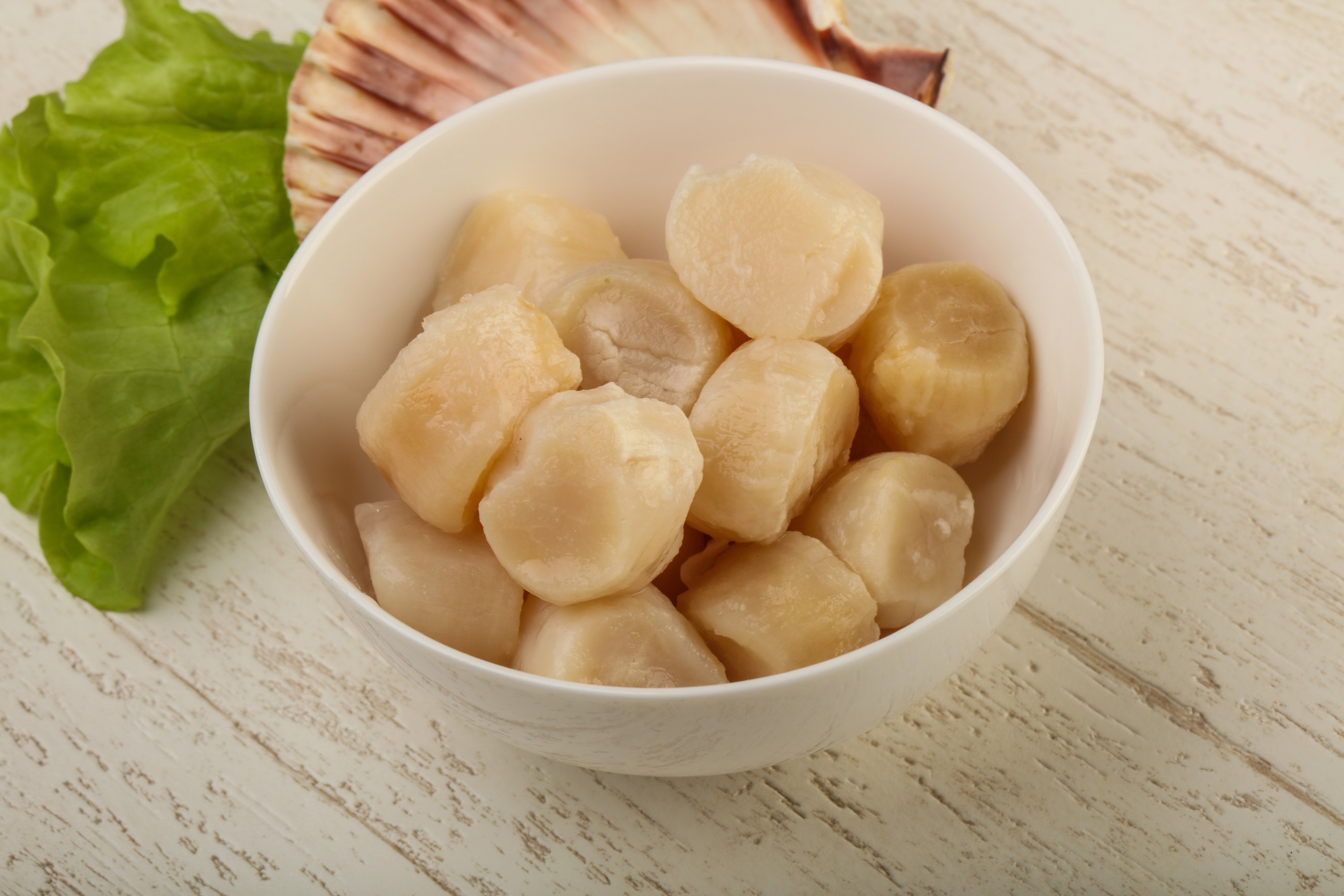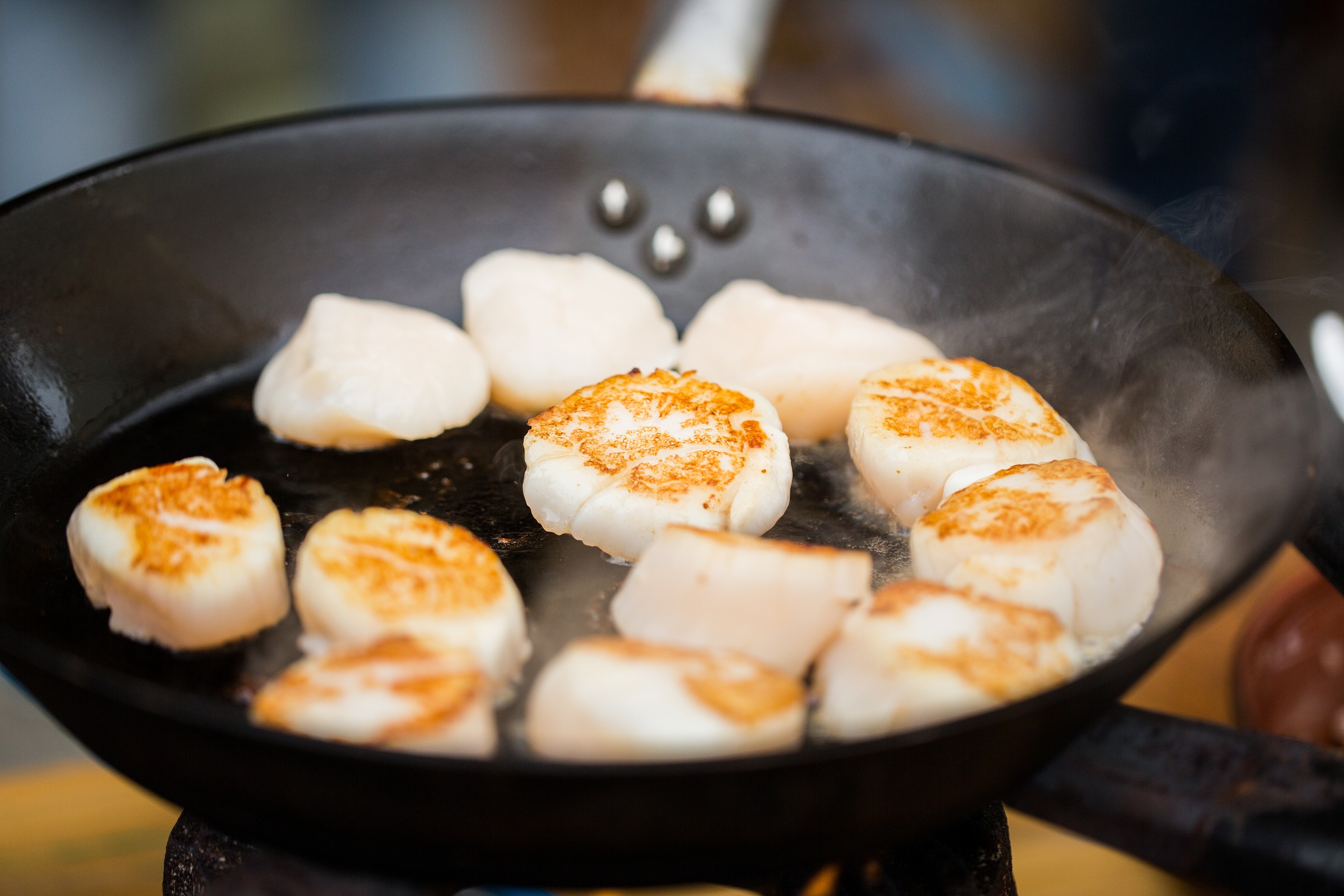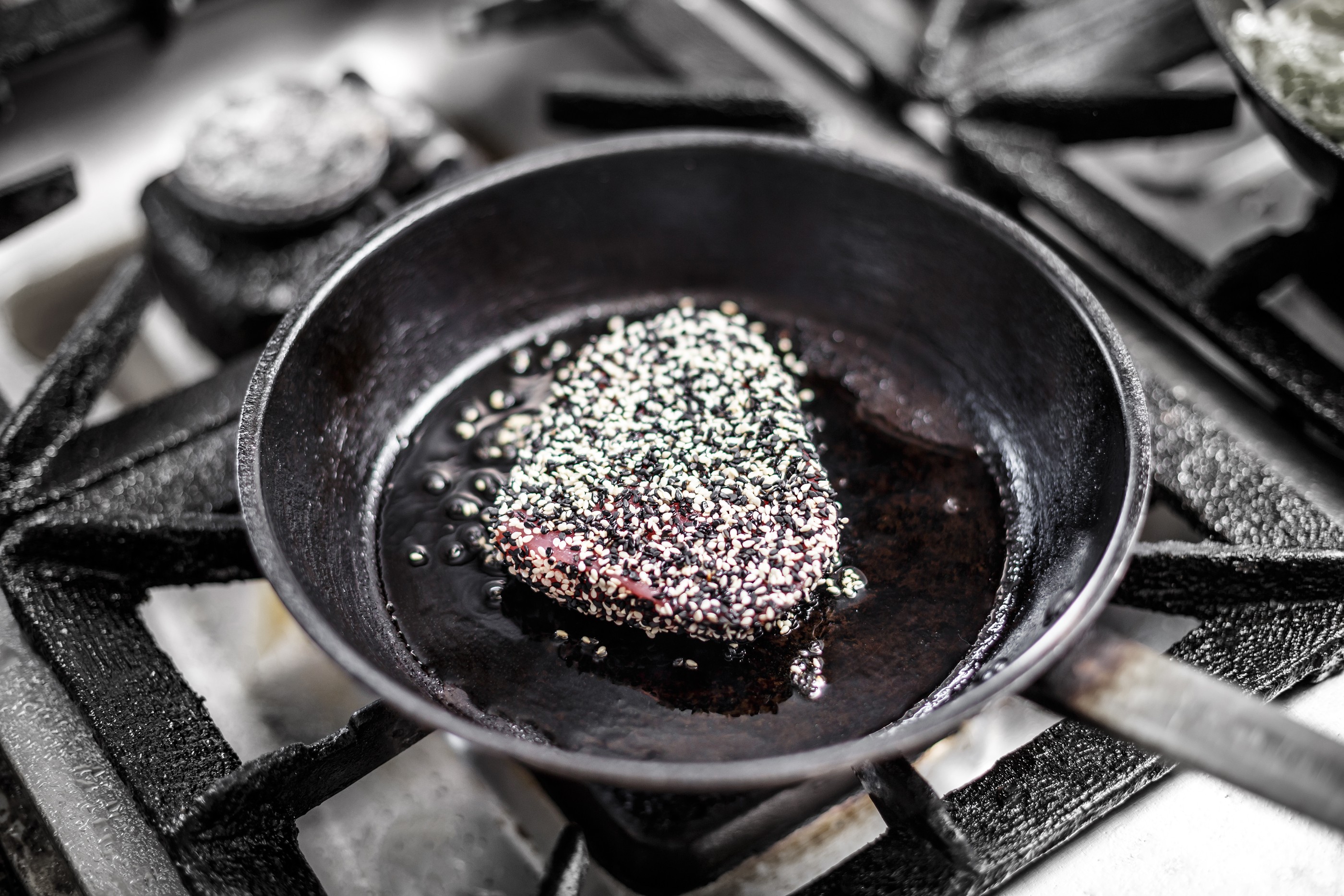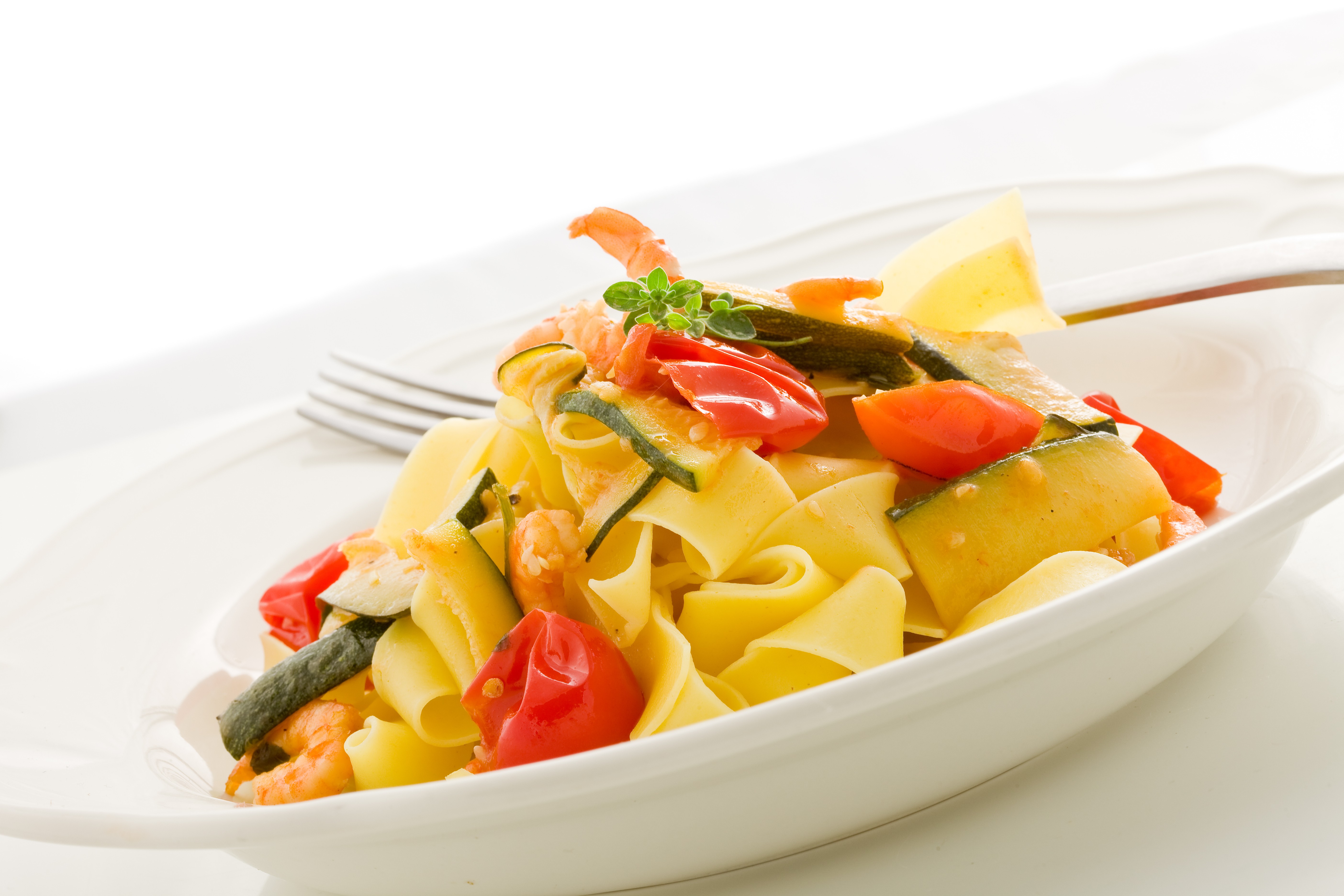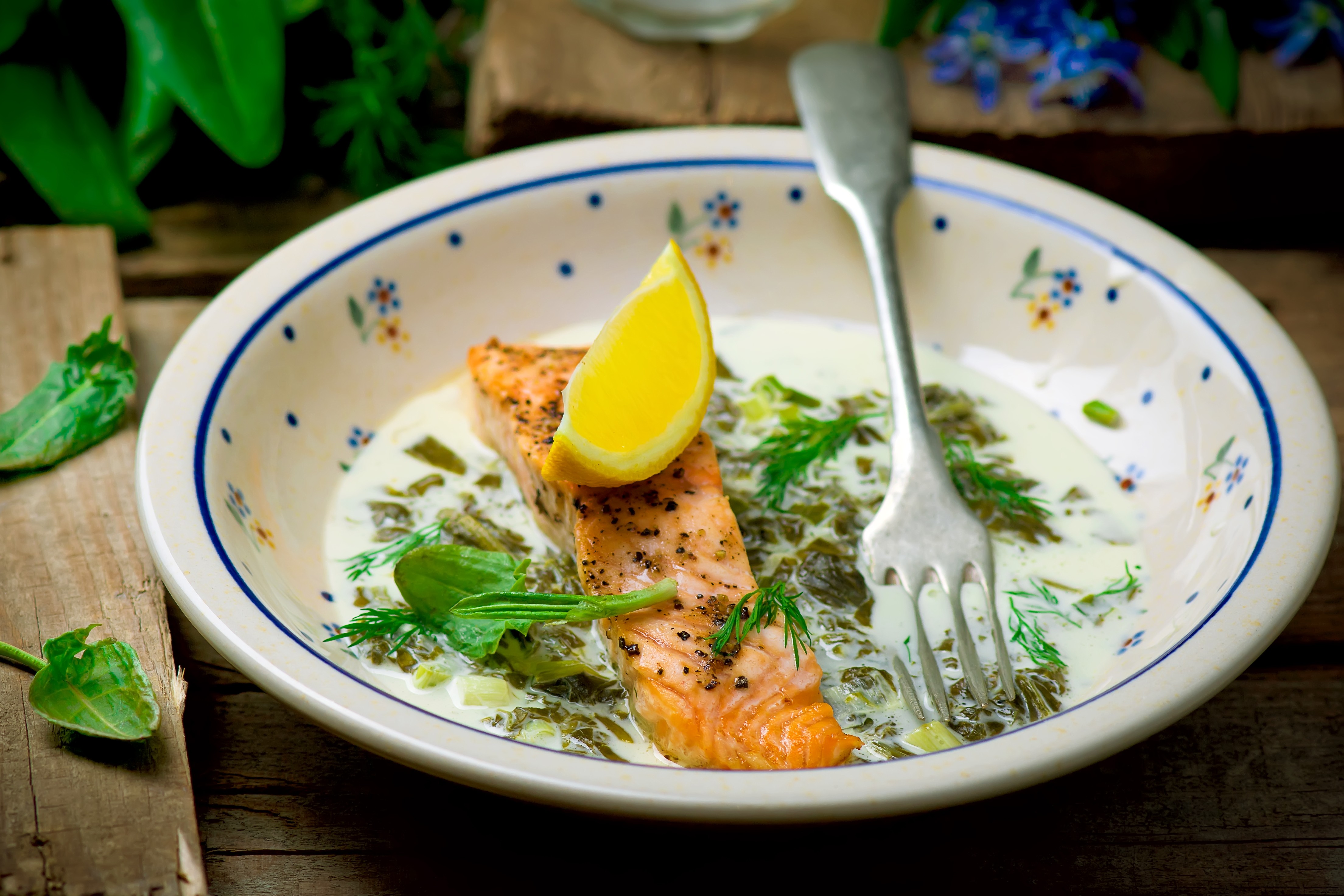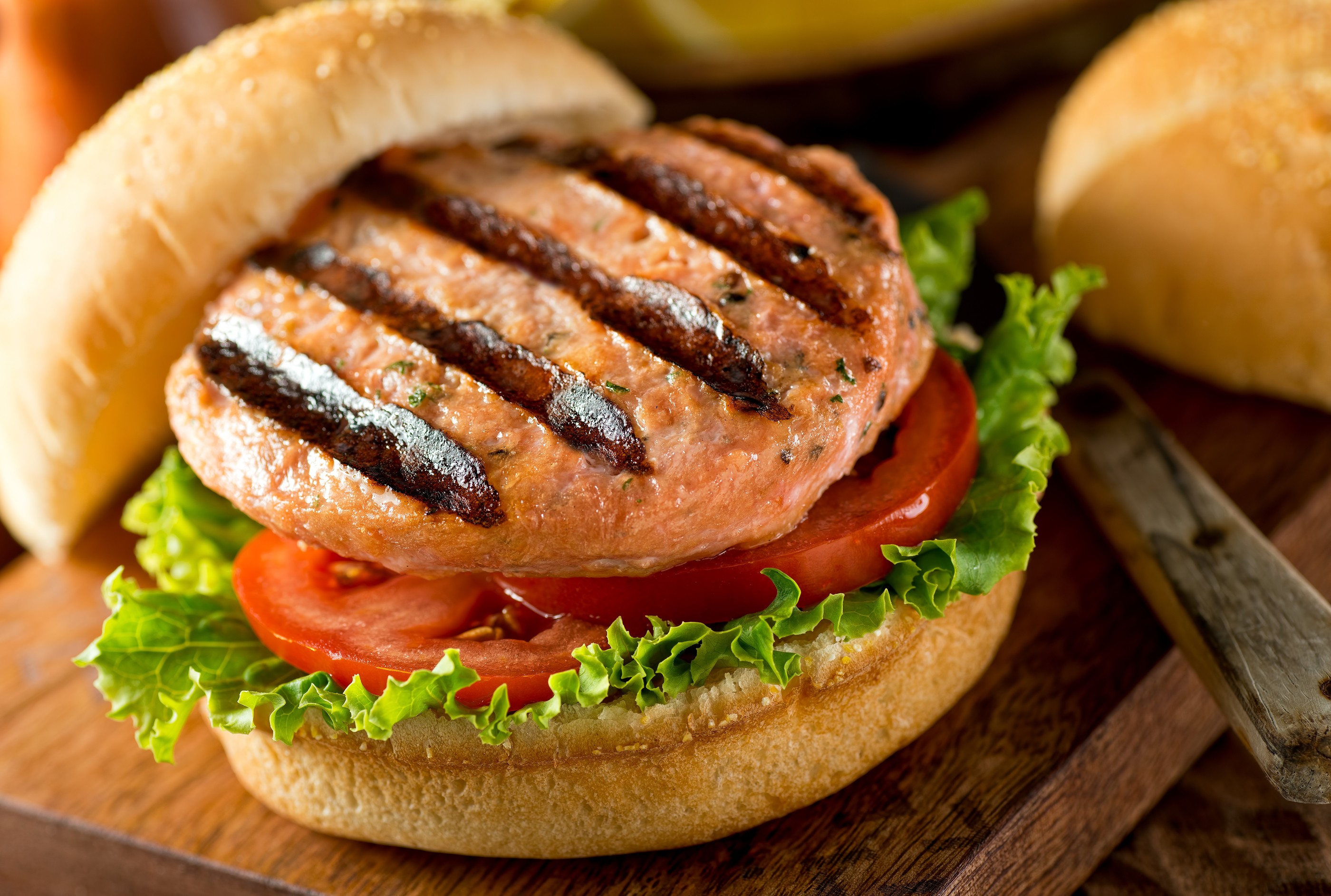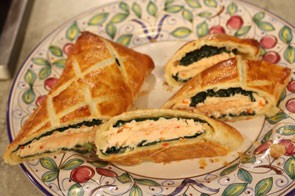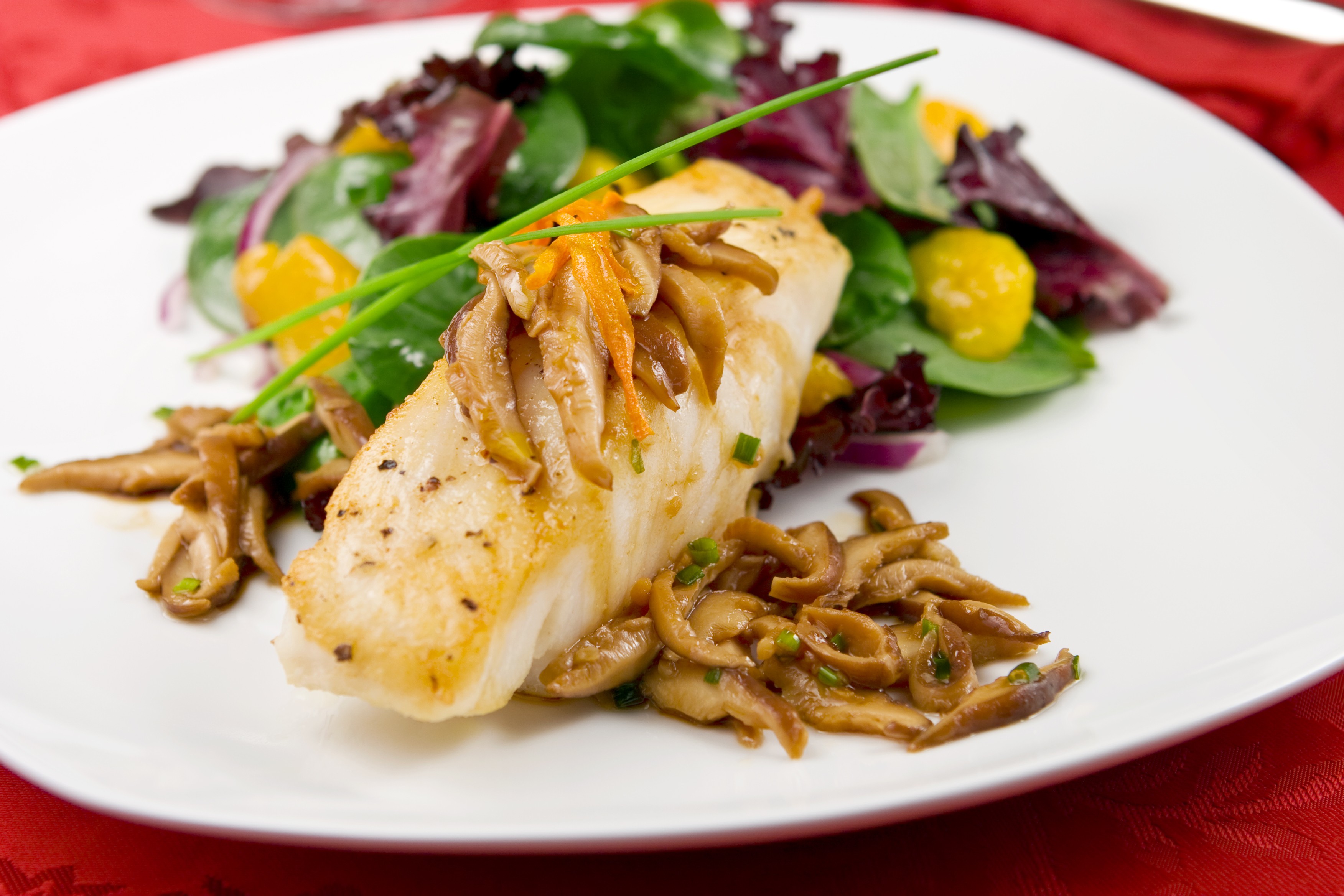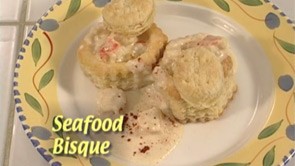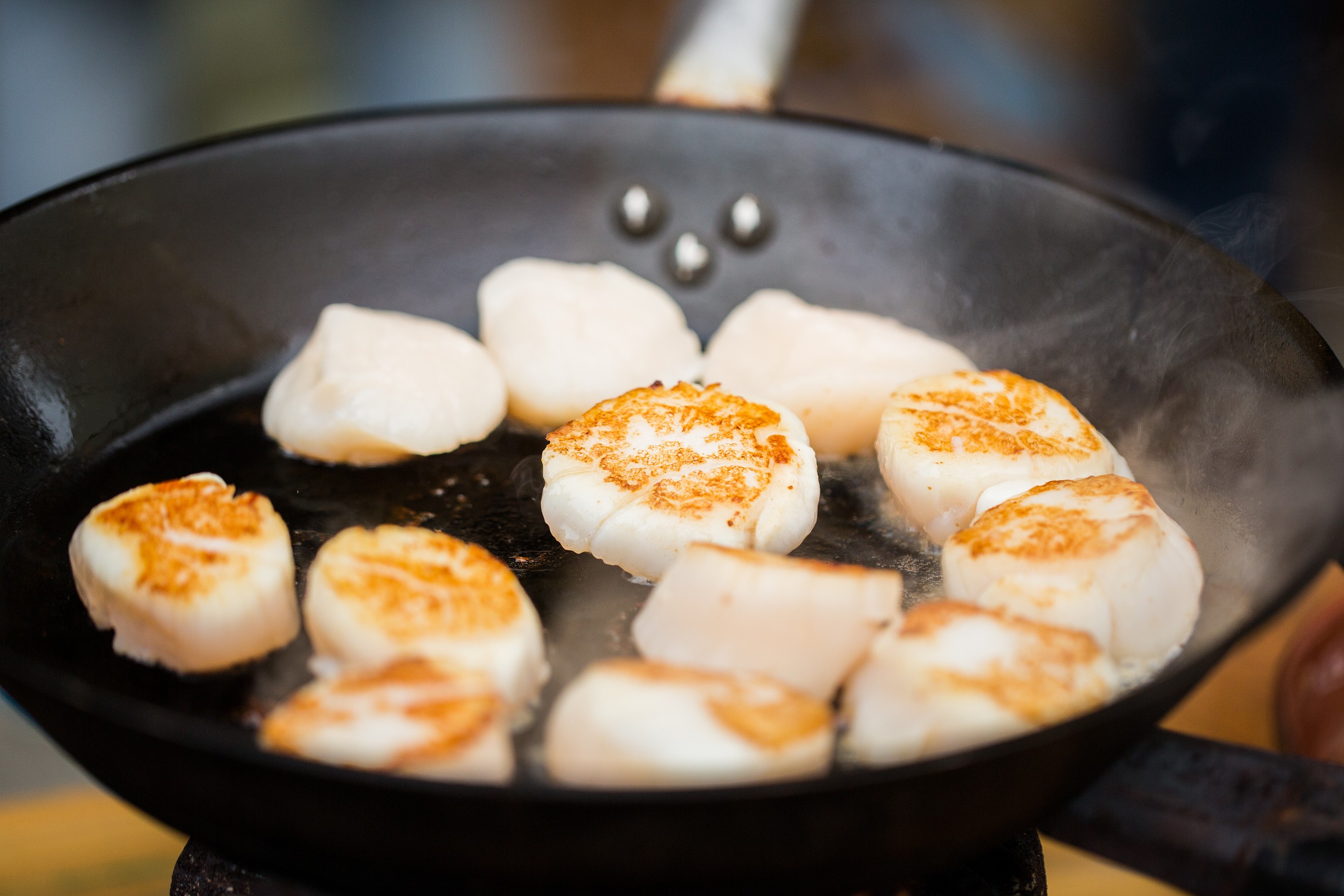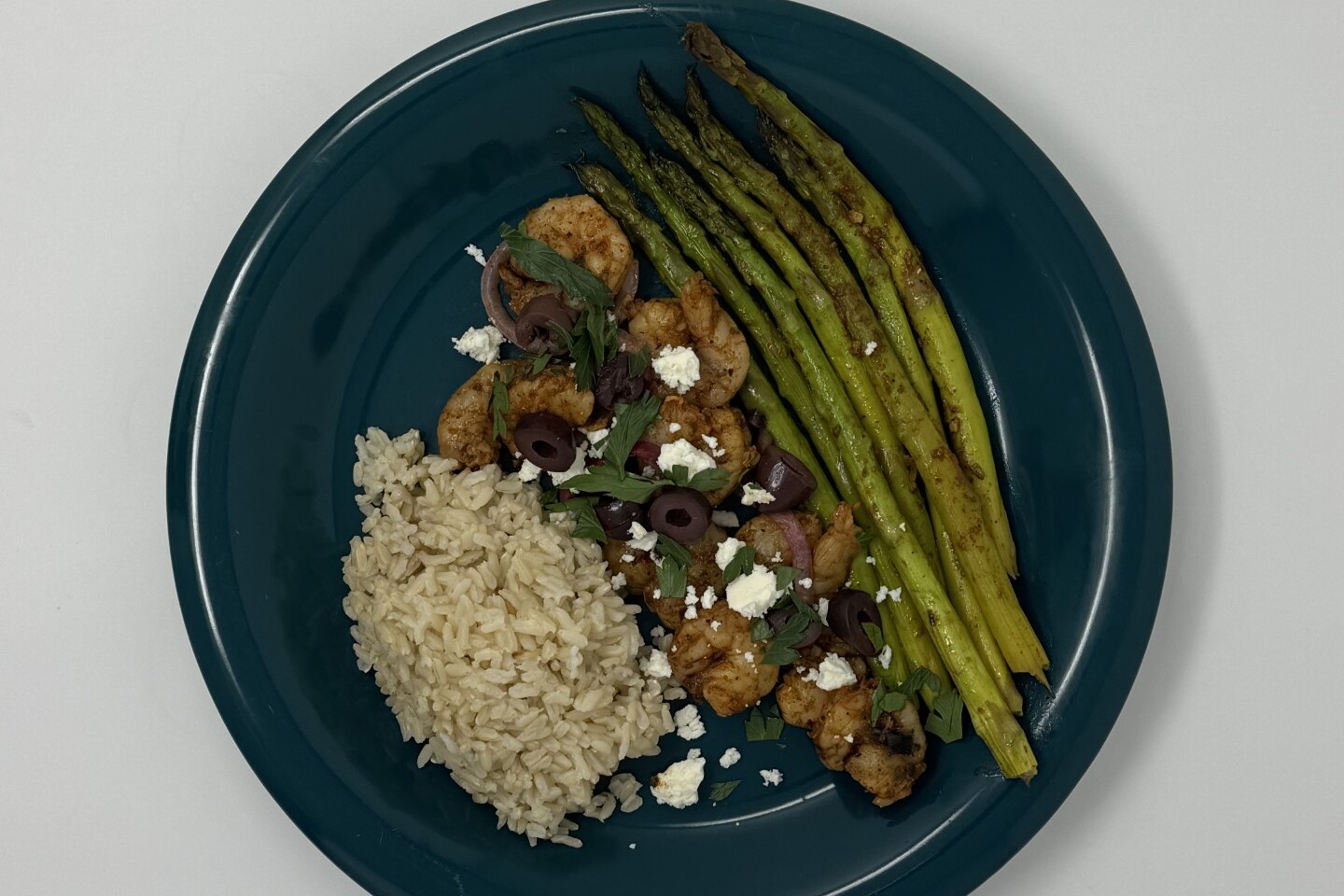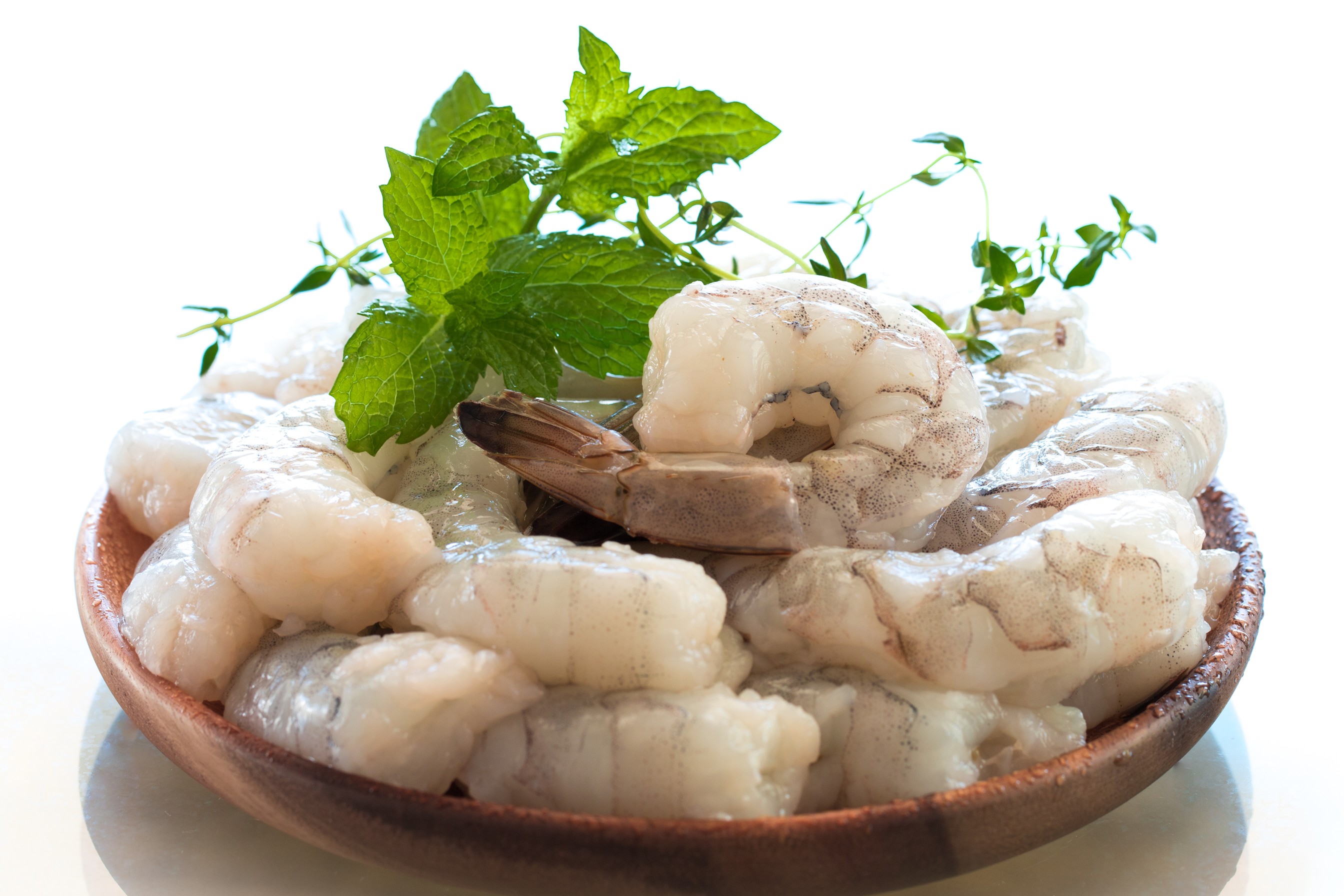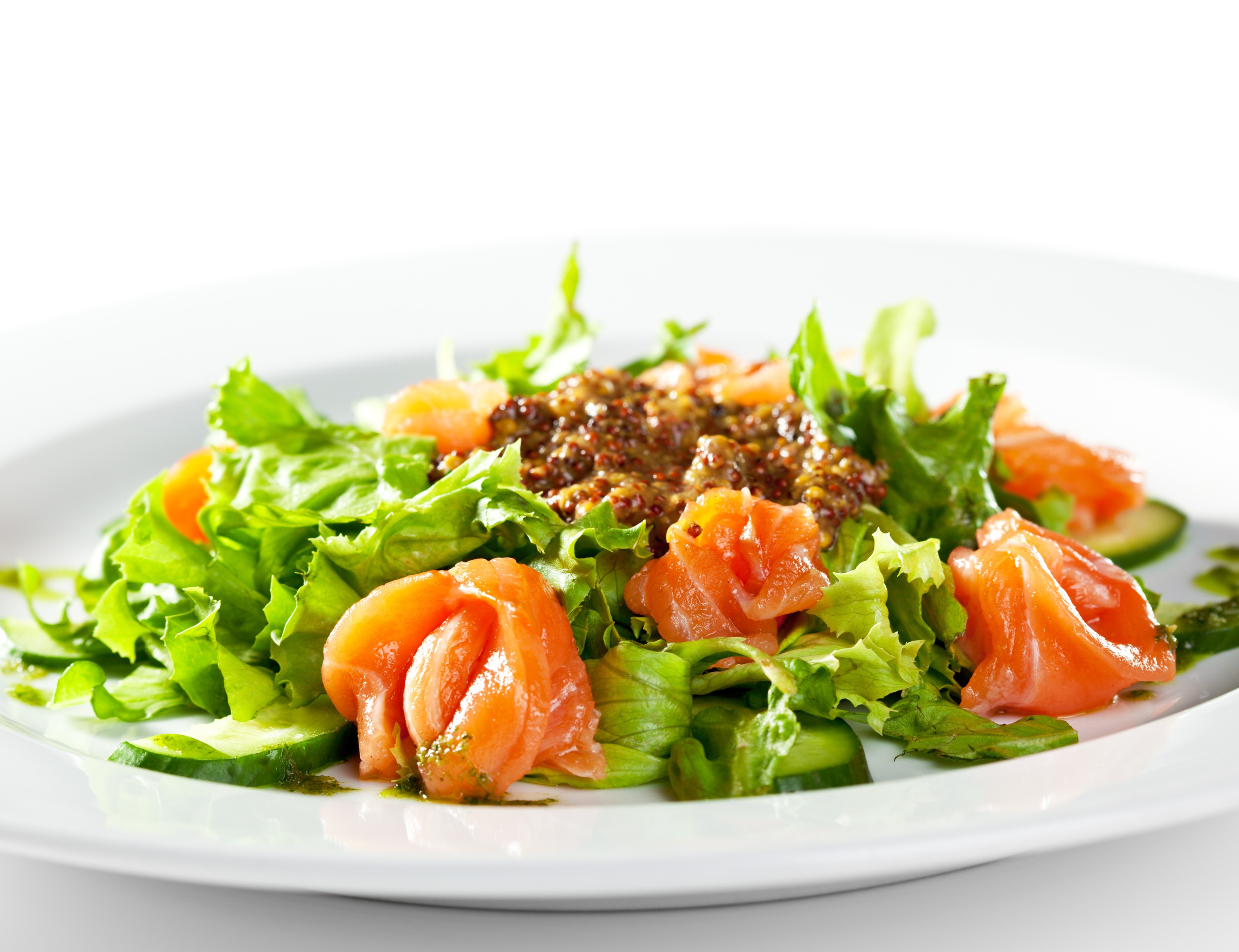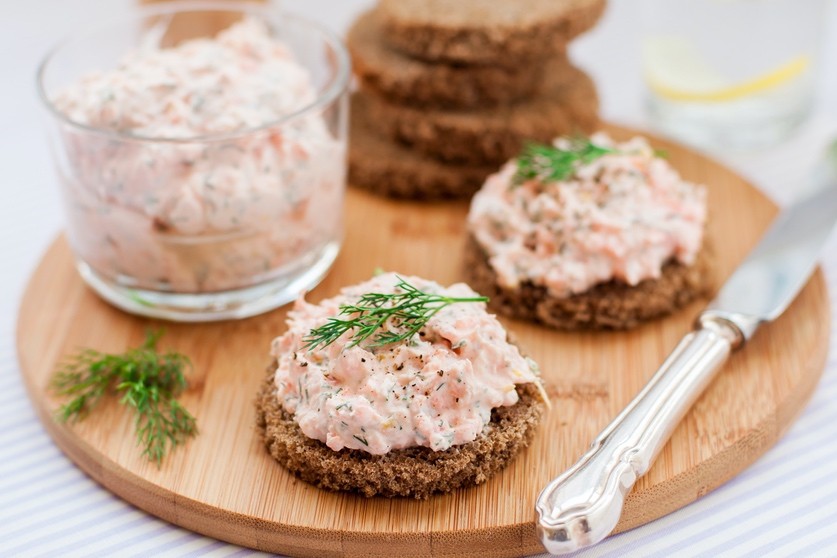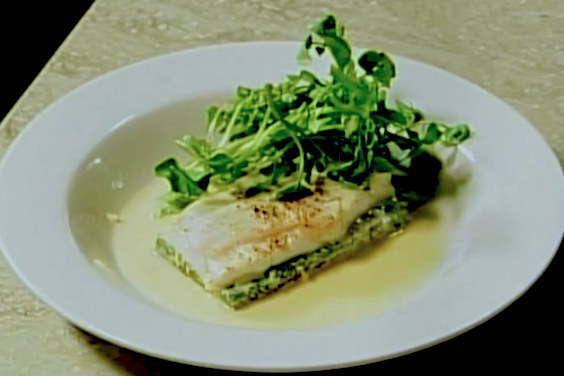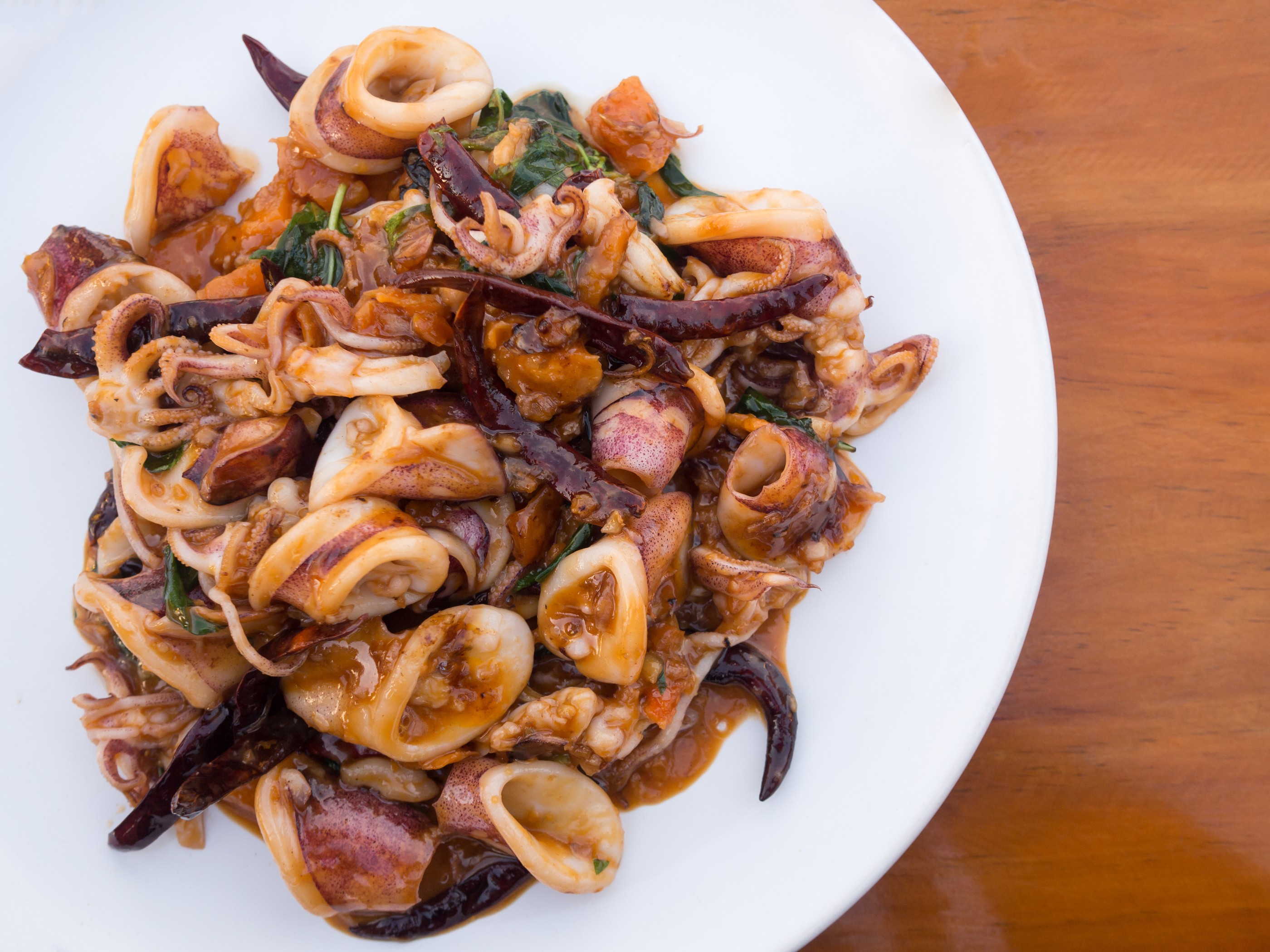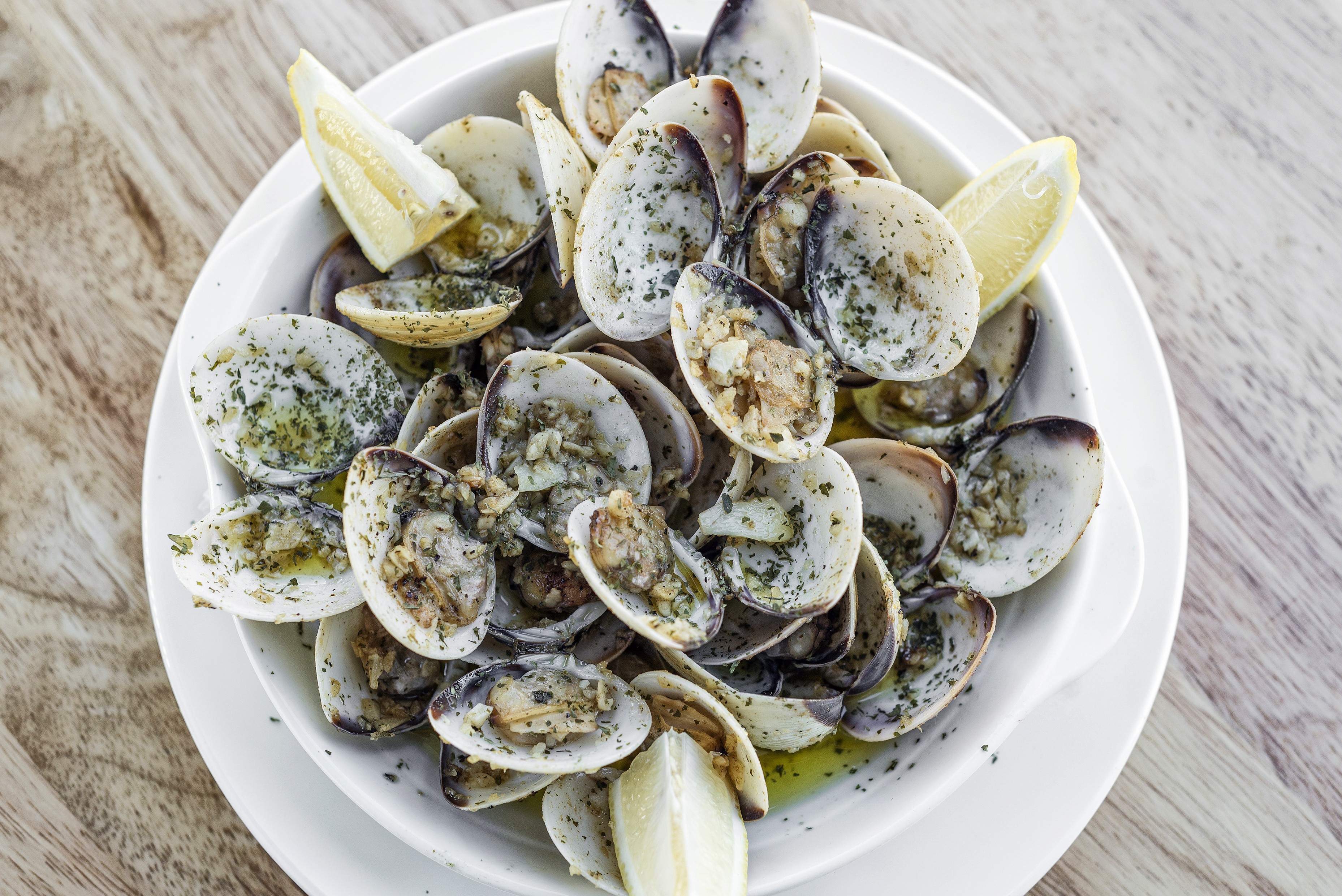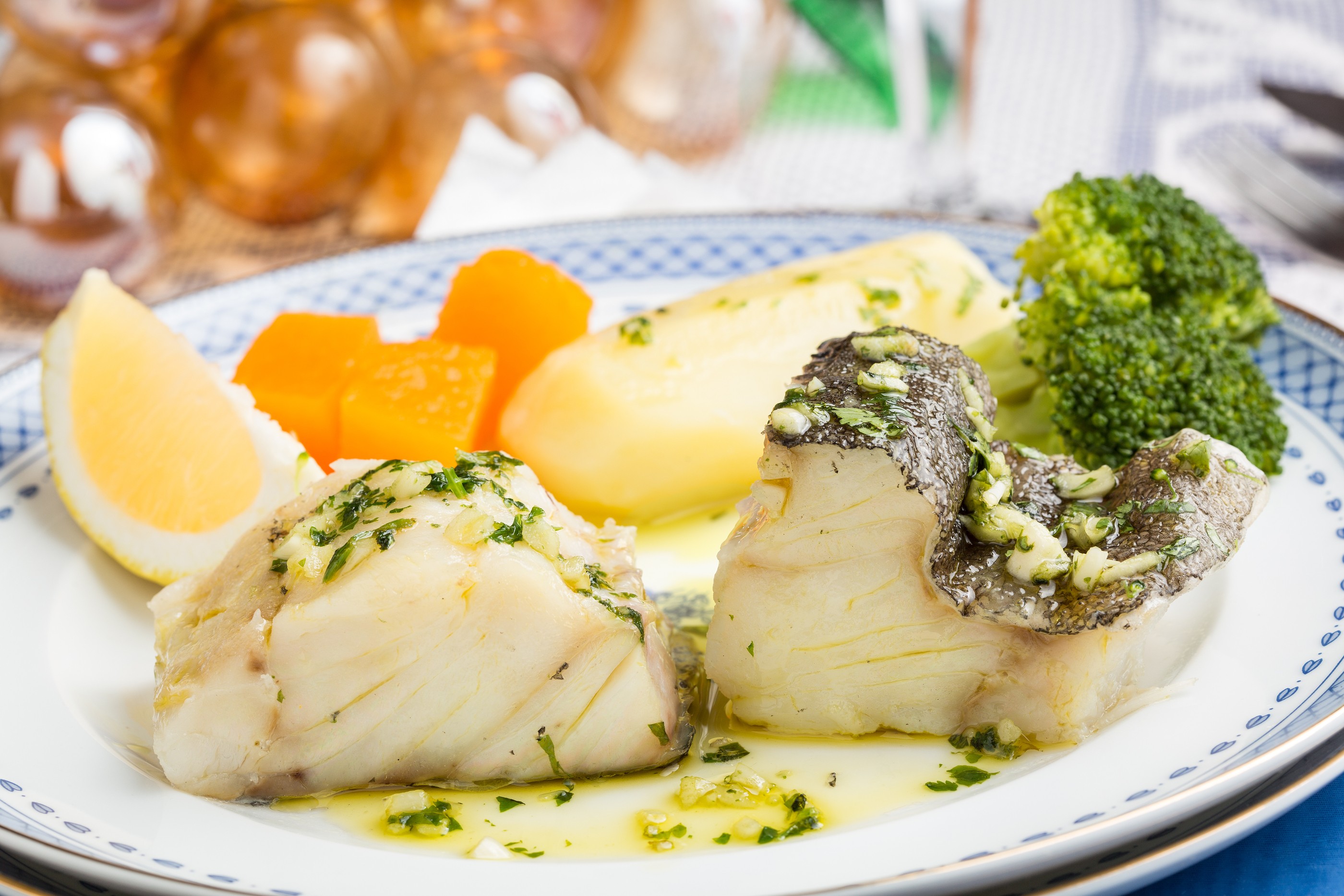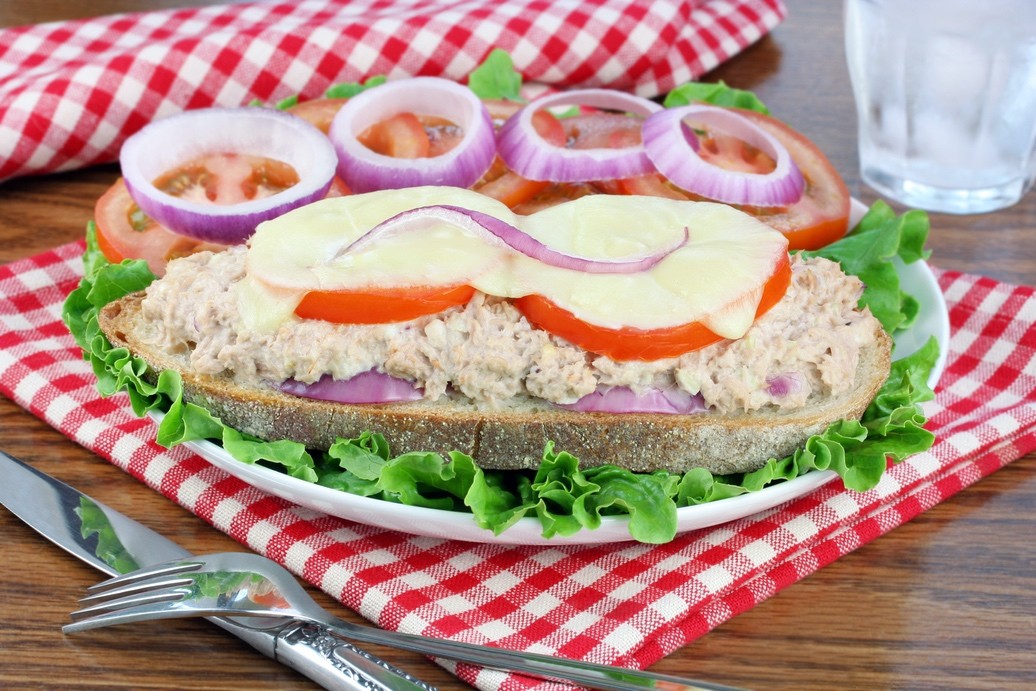Fish & Seafood
Shrimp or prawn cocktail is a seafood dish consisting of cooked prawns served in a glass with cocktail sauce. The dish has vague origins, but most people claim that it was invented by a 19th-century miner from California who first used oysters in a glass with a sauce, but the Golden Gate Hotel in Las Vegas was the first to offer a 50-cent shrimp cocktail in 1959.
It was served in a tulip glass with cocktail sauce. The cocktail sauce usually consists of ketchup and horseradish or ketchup and mayonnaise. This iconic dish was especially popular from the 1960s to the 1980s.
The origin of ceviche is Peru, where it is considered a national dish. The technique of macerating raw fish and meat in vinegar, citrus, and spices (escabeche) was brought to the Americas from Spain and is linked to the Muslim heritage in Spanish cuisine.
Try a Healthy Argentinian Favorite: Chimichurri
Chimichurri, a marinade and condiment, is an Argentinian favorite that is loved for its full flavor and complementary abilities. This sauce is the perfect accompaniment for chicken, fish, pasta, sausages, and steaks. And from a health standpoint, chimichurri is loaded with good-for-you benefits, including calcium, carotenes, iron, and vitamins A and C (from the parsley) and calcium, fiber, iron, and vitamins E and K (from the oregano), as well as heart-healthy garlic and the monounsaturated fat found in olive oil, which may help to lower total cholesterol.
Crab cakes have a long history, originating in Maryland. Our access to fresh and delicious blue crabs make Maryland crab cakes the epitome of patty-shaped seafood dishes.
Gumbo is often cited as an example of the melting-pot nature of Louisiana cooking, but trying to sort out the origins and evolution of the dish is highly speculative. The name derives from a West African word for okra, suggesting that gumbo was originally made with okra.
Use this stock as a base for dishes such as seafood chowder, bisque, stew, and risotto.
What is jambalaya? Although it originates from Louisiana, it has French and Spanish roots, the use of spices is reminiscent of what you'll find in African and Caribbean Cuisine. For those unfamiliar with jambalaya, it is a hearty mix with ingredients using any of these fish, shrimp, chicken, meat, vegetables, and rice.
What is jambalaya? Although it originates from Louisiana, it has French and Spanish roots, the use of spices is reminiscent of what you'll find in African and Caribbean Cuisine. For those unfamiliar with jambalaya, it is a hearty mix with ingredients using any of these fish, shrimp, chicken, meat, vegetables, and rice.
How did risotto originate?
While, according to a legend, a young glassblower's apprentice of the Fabbrica del Duomo di Milano from Flanders, who used to use saffron as a pigment, added it to a rice dish at a wedding feast, the first recipe identifiable as risotto dates from 1809.
According to the "Encyclopedia of American Food and Drink" the lobster roll originated as a hot dish at a restaurant named Perry's in Milford, Connecticut, as early as 1929. Its popularity then spread up and down the Connecticut coast, but not far beyond it.
Inspired by family recipes, Cal Hancock and executive chef Kevin Messier develop and test new combinations to create the highest quality products for our customers. After many rounds of revisions, the recipes are tested by our entire staff and a select group of our loyal customers to ensure the taste meets our gourmet standards.
Meaty shiitake mushrooms mimic the texture of eel in this sticky-sauced stir-fry.
Paella was originally farmers' and farm labourers' food, cooked by the workers over a wood fire for the lunchtime meal. It was made with rice, plus whatever was to hand around the rice fields and countryside: tomatoes, onions and snails, with a few beans added for flavor and texture. Rabbit or duck might also have been added, and for special occasions, chicken plus a touch of saffron for an extra special color and flavor. Paella was also traditionally eaten straight from the pan in which it was cooked with each person using his own wooden spoon.
Paella means "frying pan" in Valencian, Valencia's regional language. As a dish, it may have ancient roots, but in its modern form it is traced back to the mid-19th century, in the rural area around the Albufera lagoon adjacent to the city of Valencia, on the east coast of Spain.
In the United States, steamed clams are usually made with small soft-shell clams (Mya arenaria) called steamers, and sometimes with other shellfish harvested and served along the East Coast and in New England. Hard shell clams, sometimes known as quahogs, can also be steamed.
Tamales can be traced back to 8,000 BC—making them one of the oldest foods still alive and kicking on menus today. They have some solid longevity, and it’s quite astonishing to see how long they’ve remained such a significant part of Latin culture throughout the centuries.


